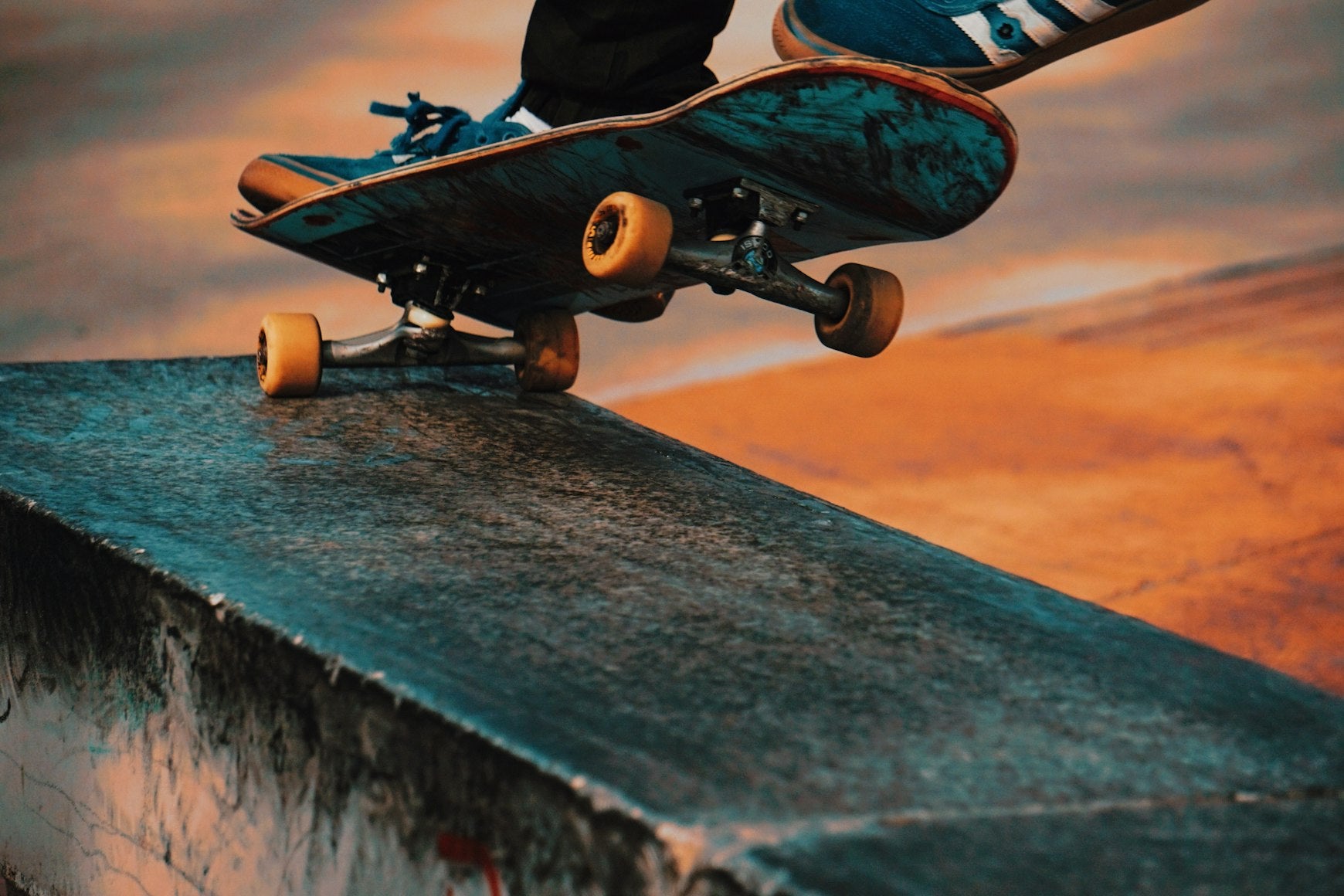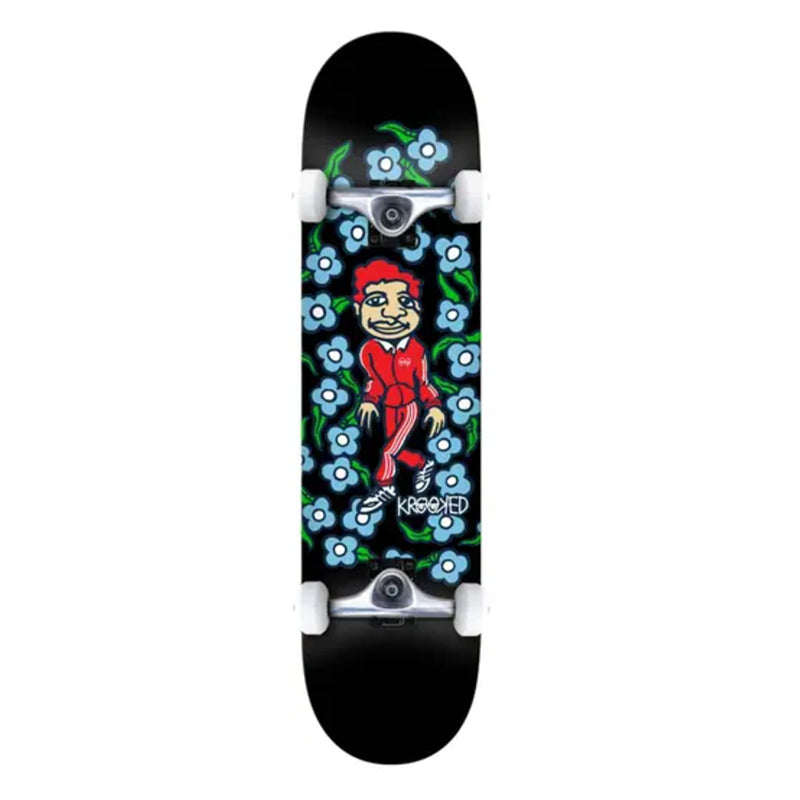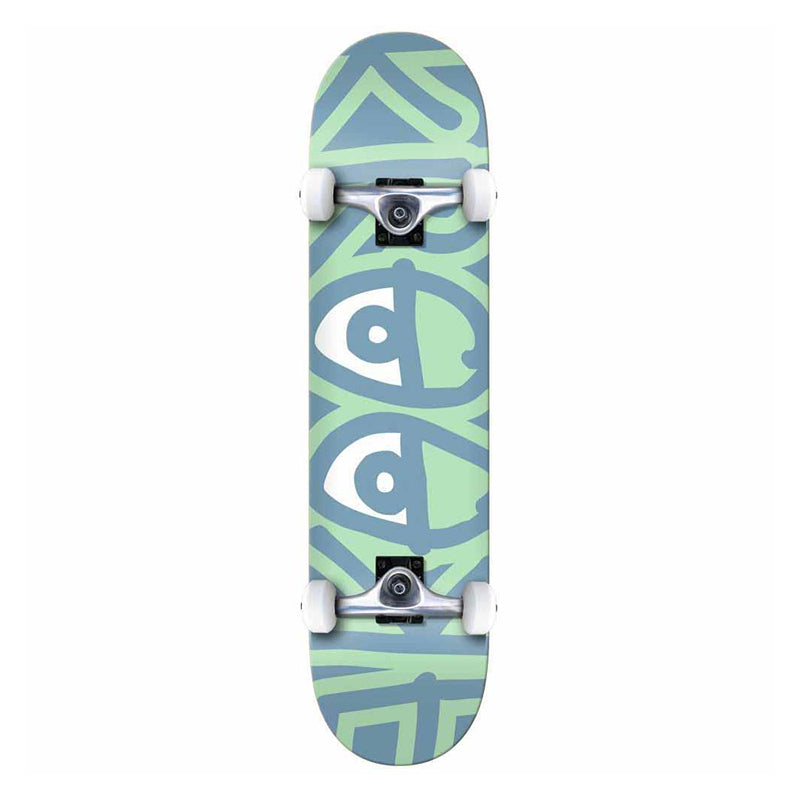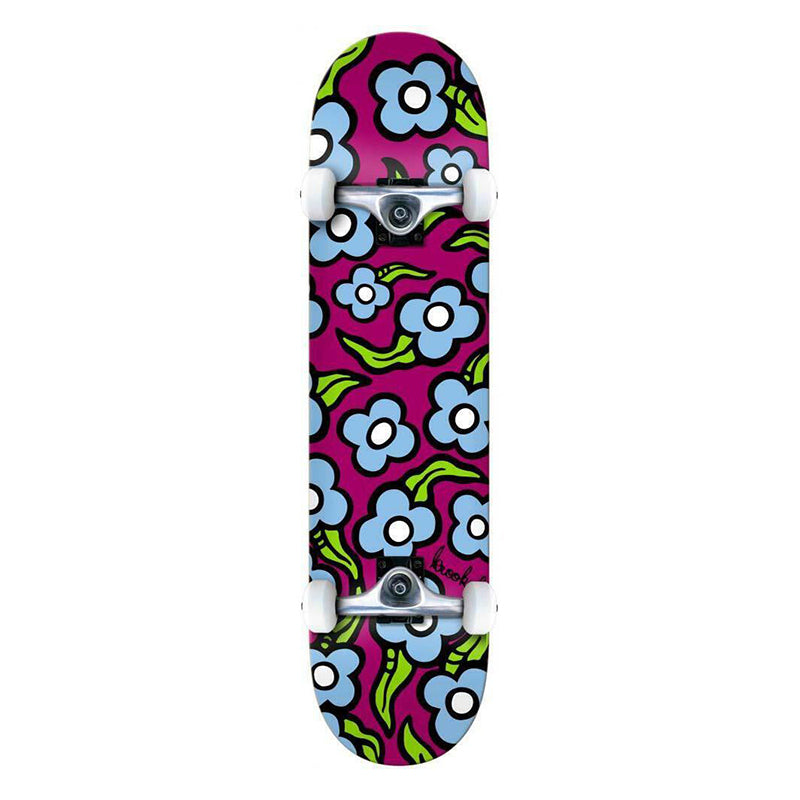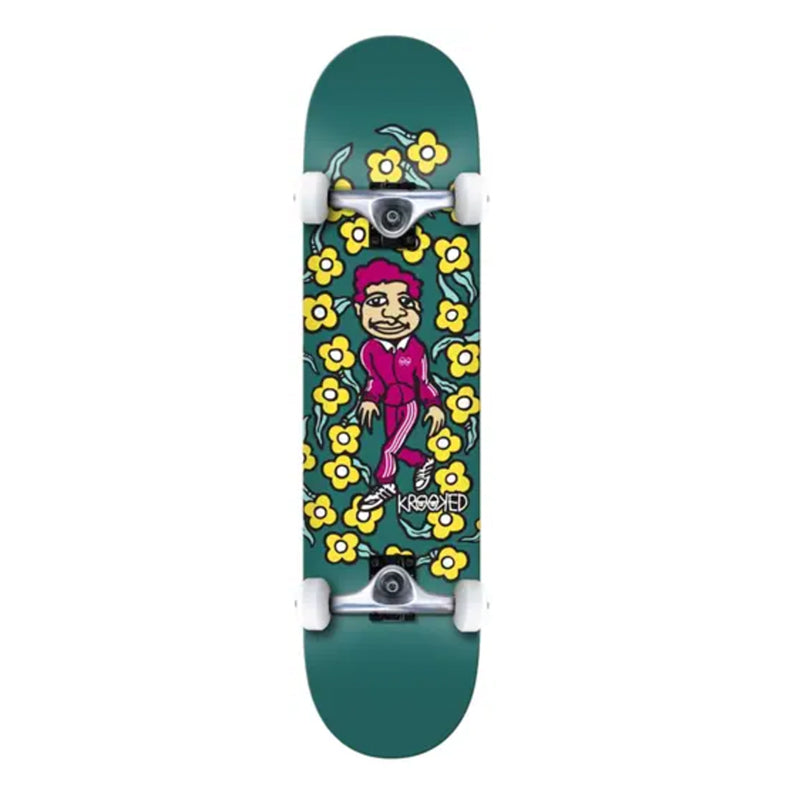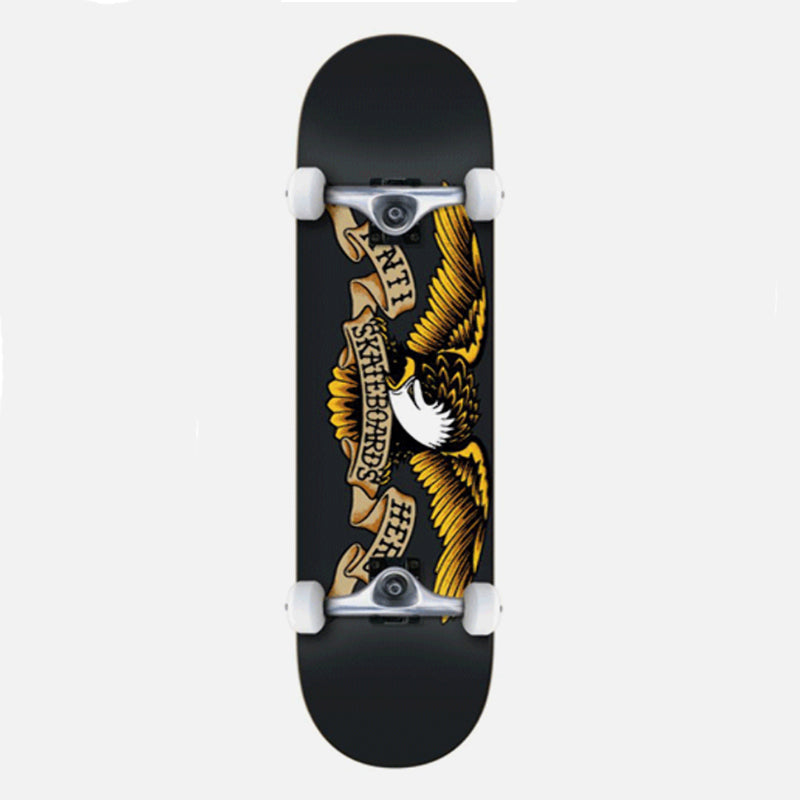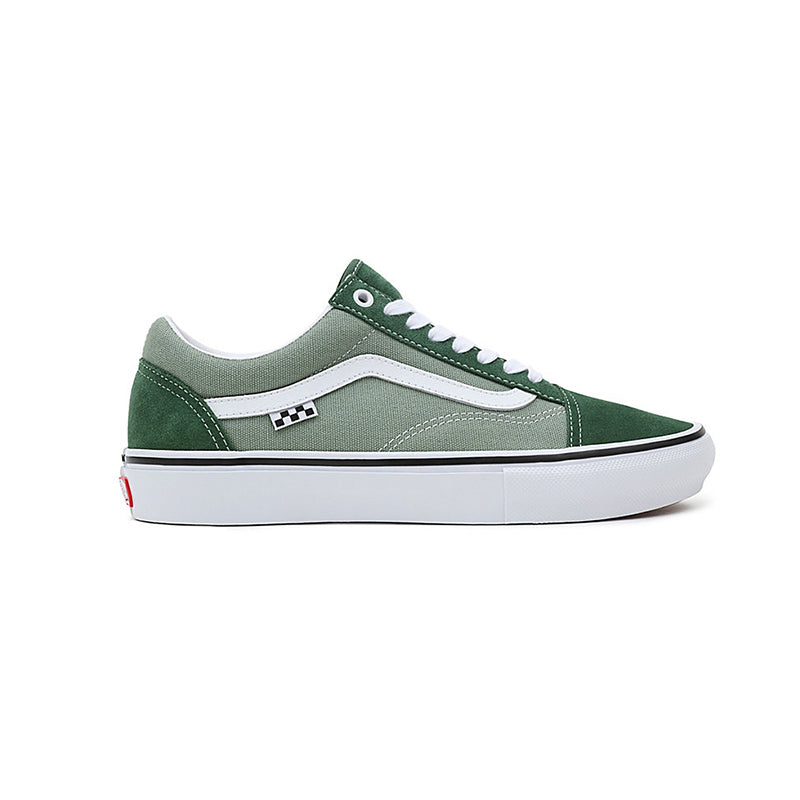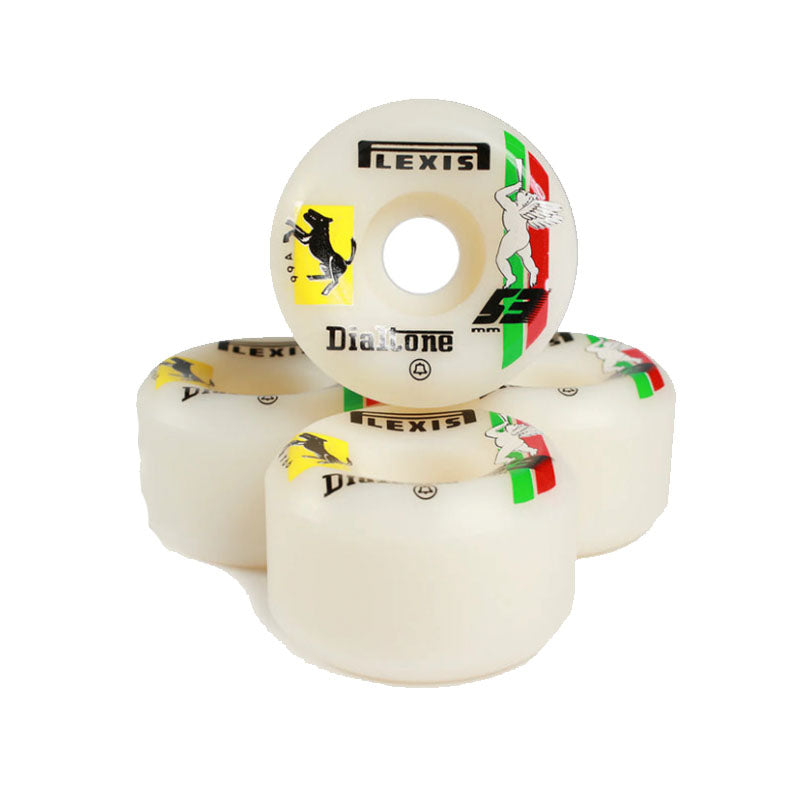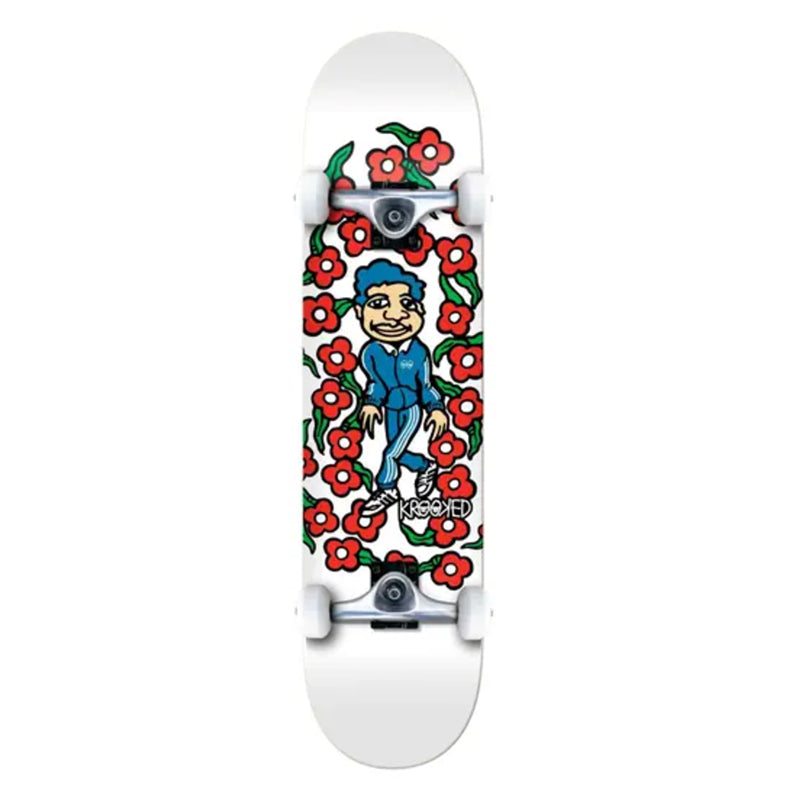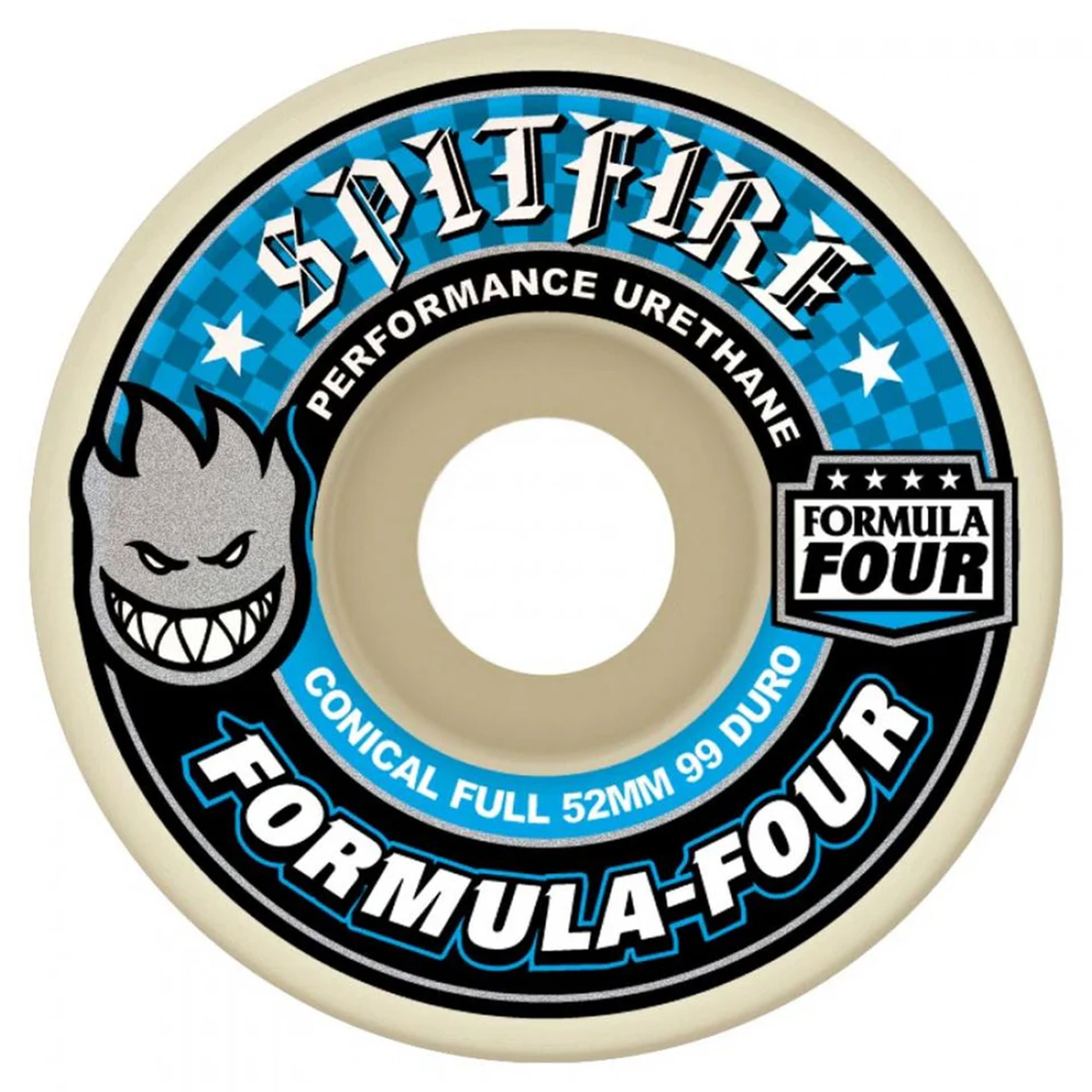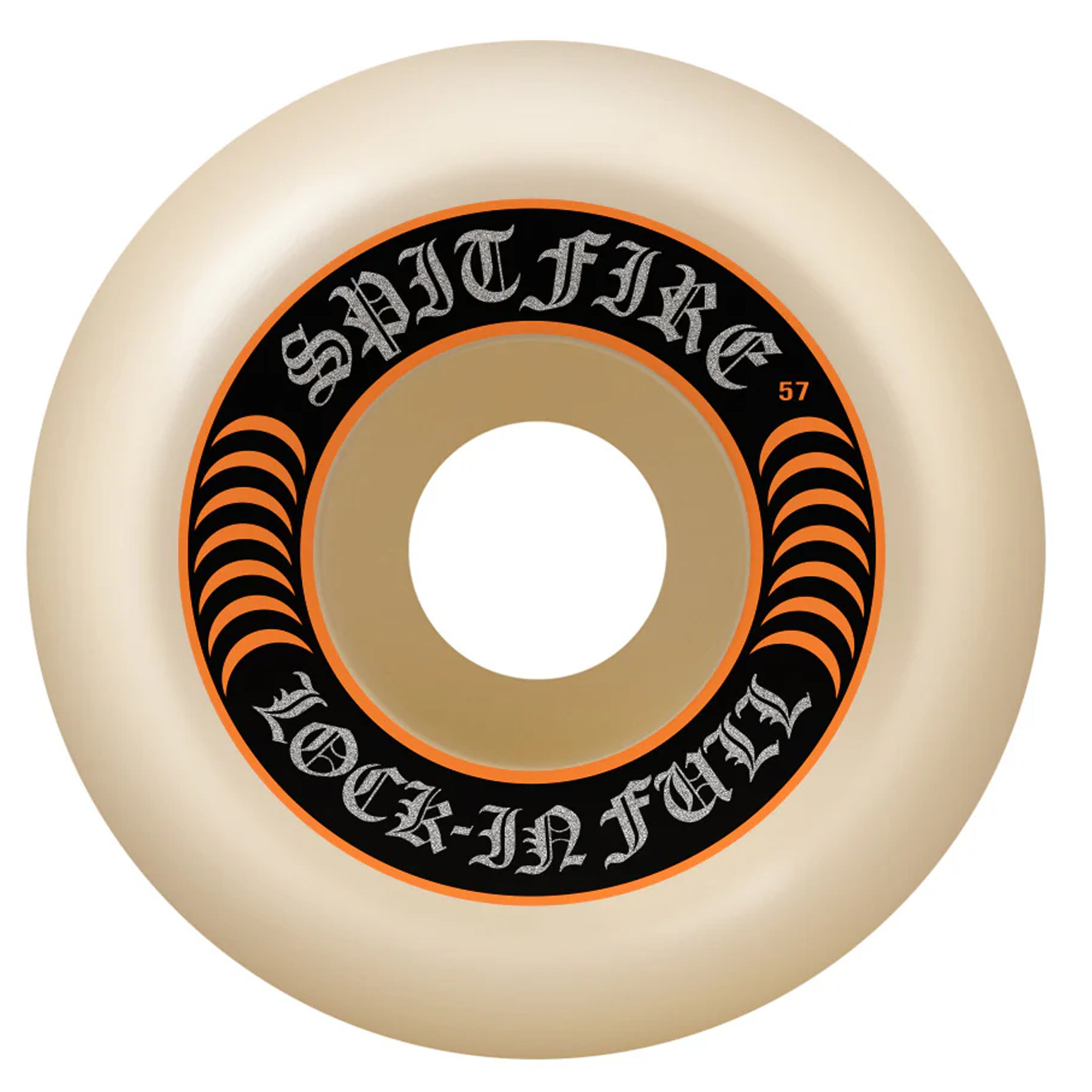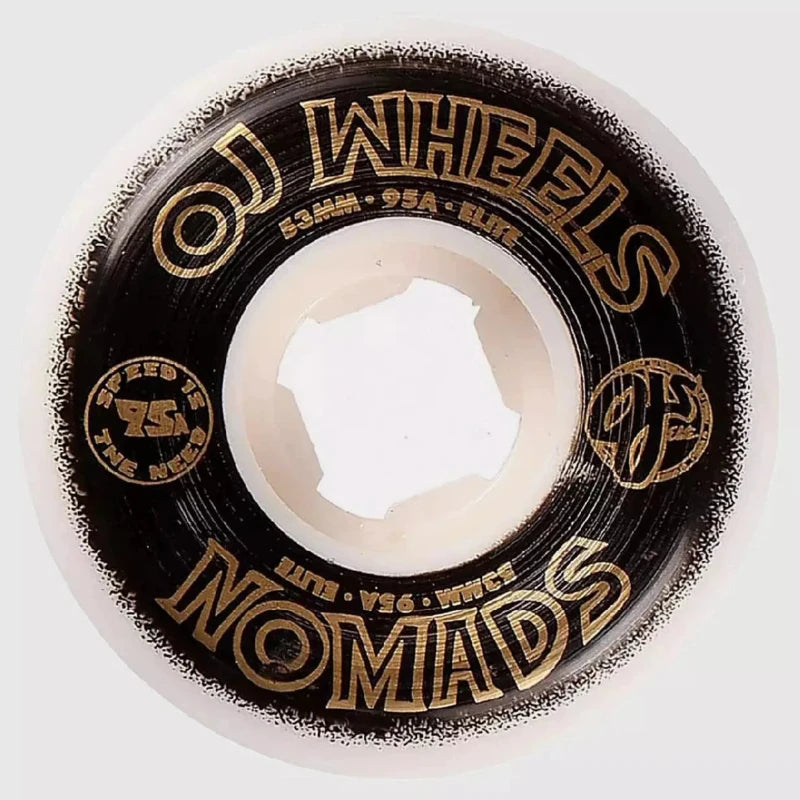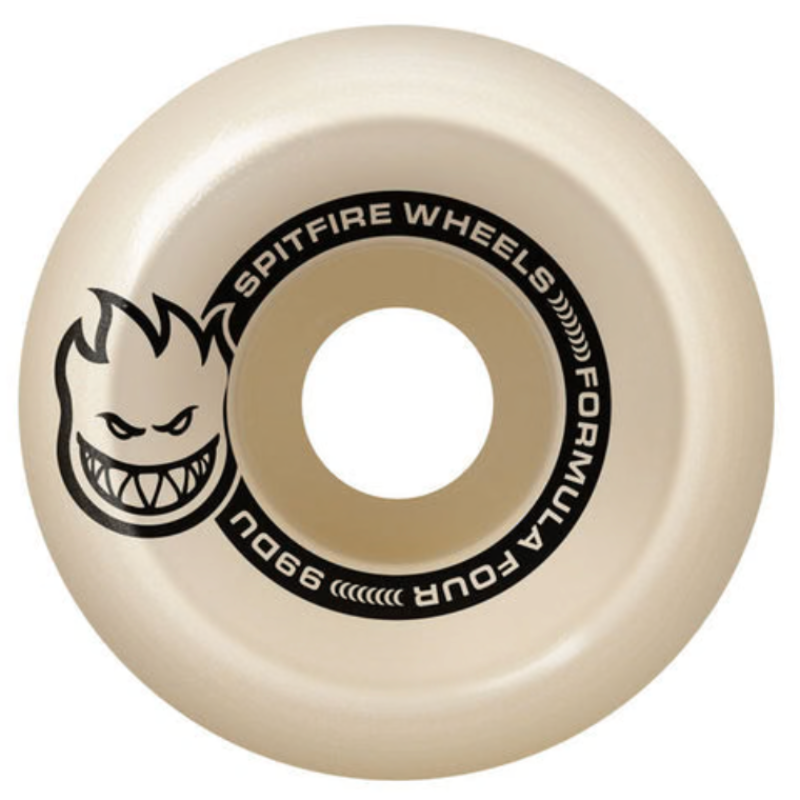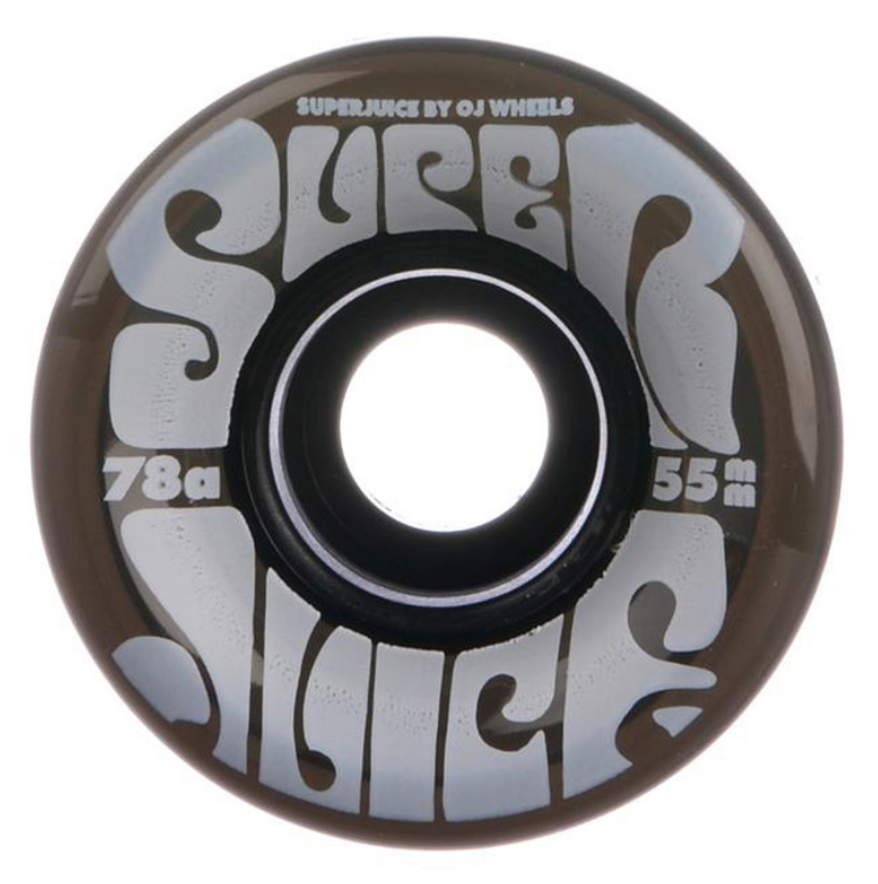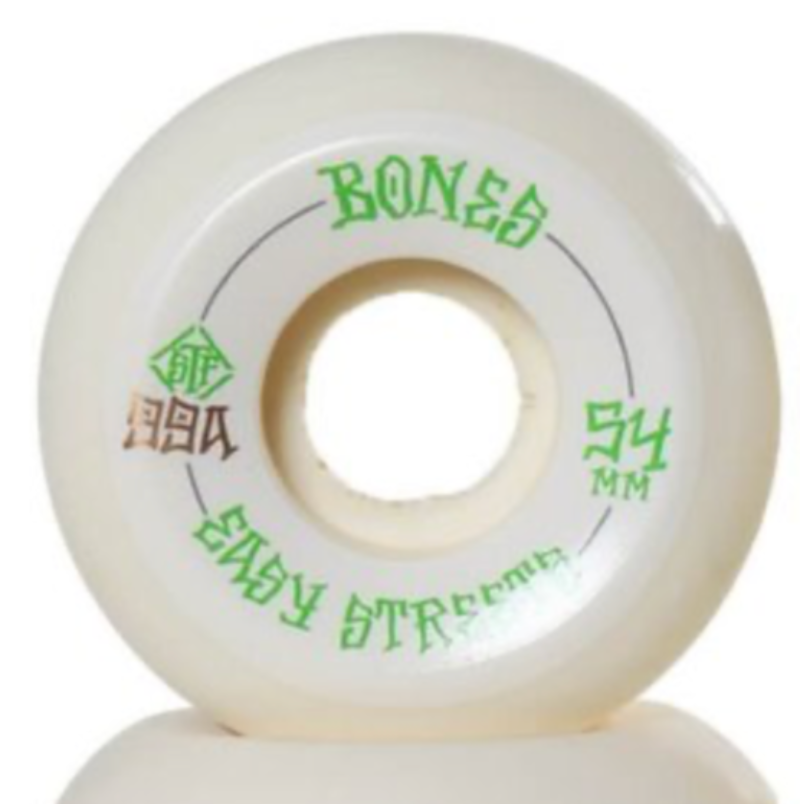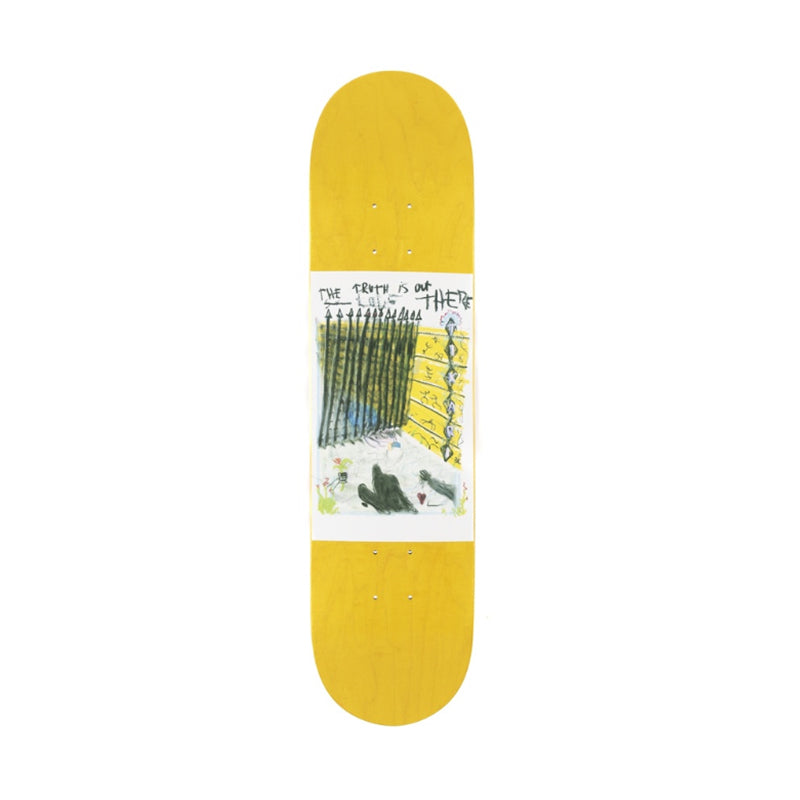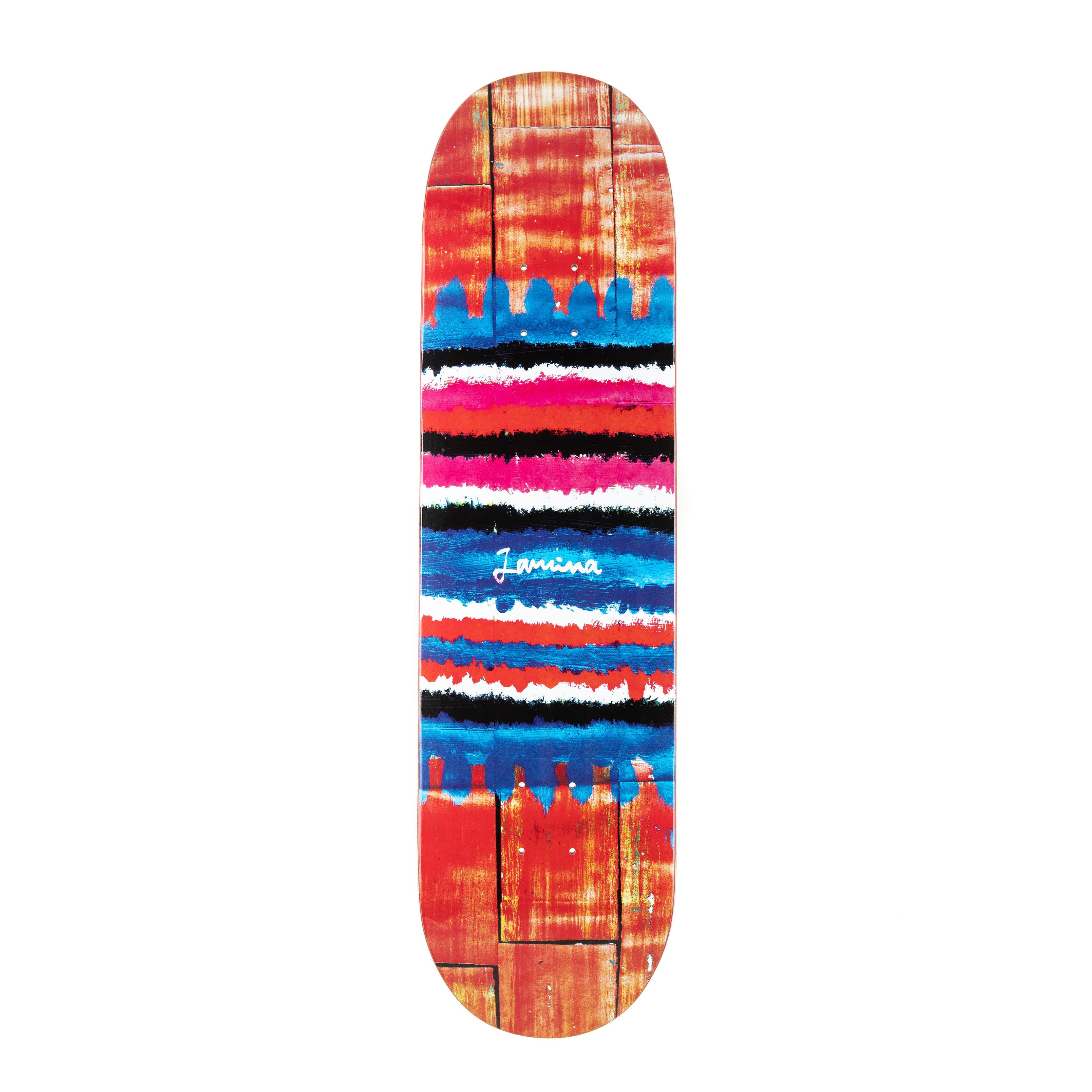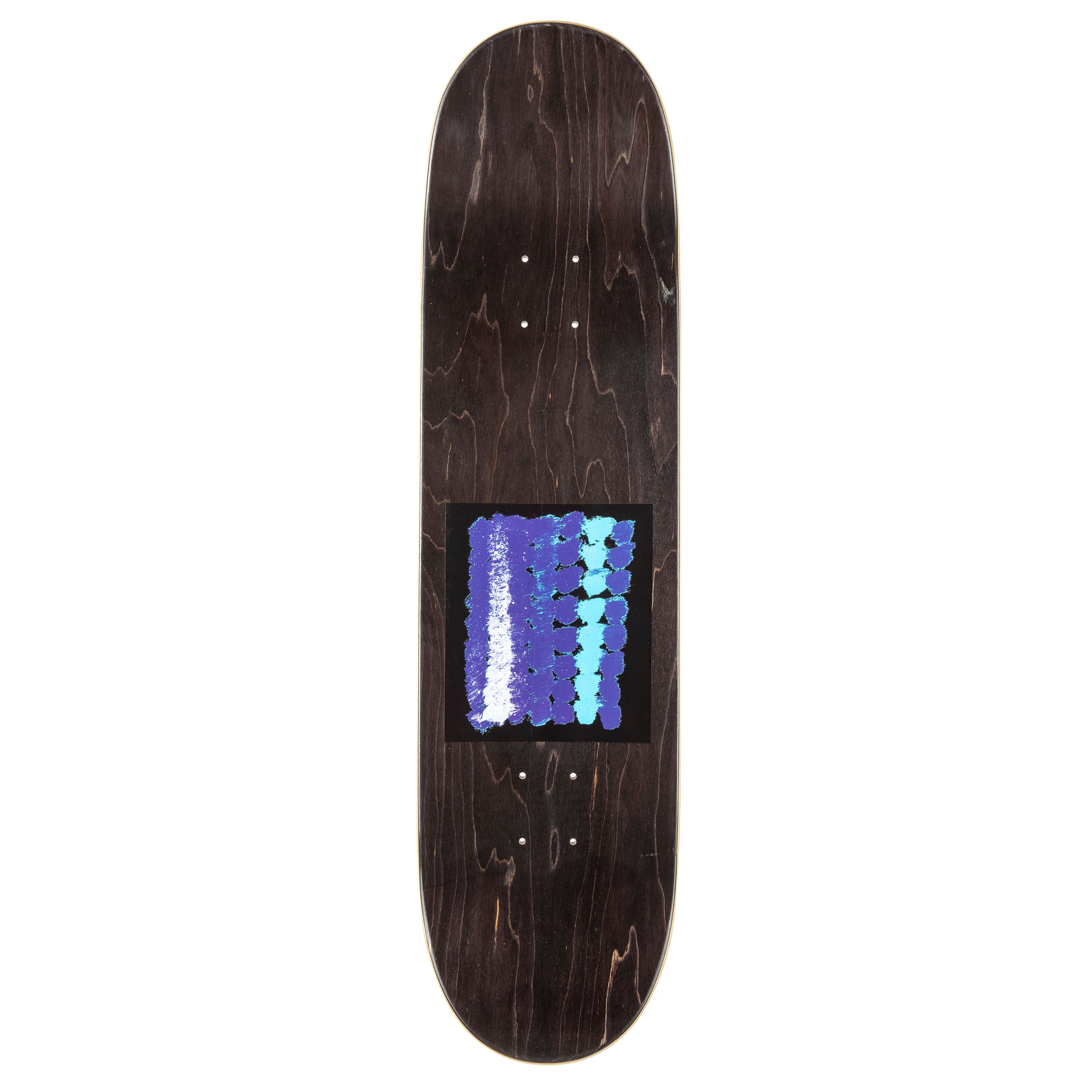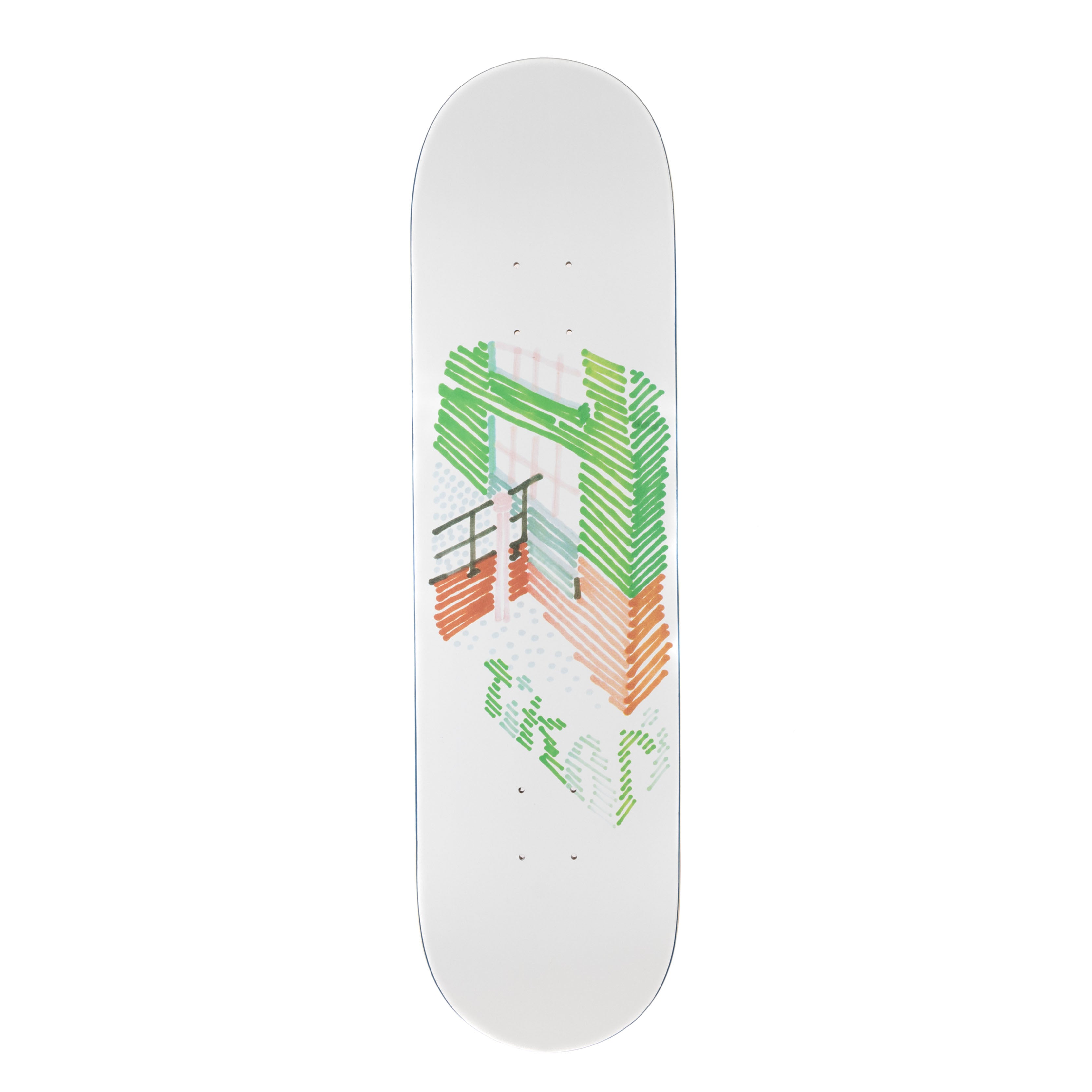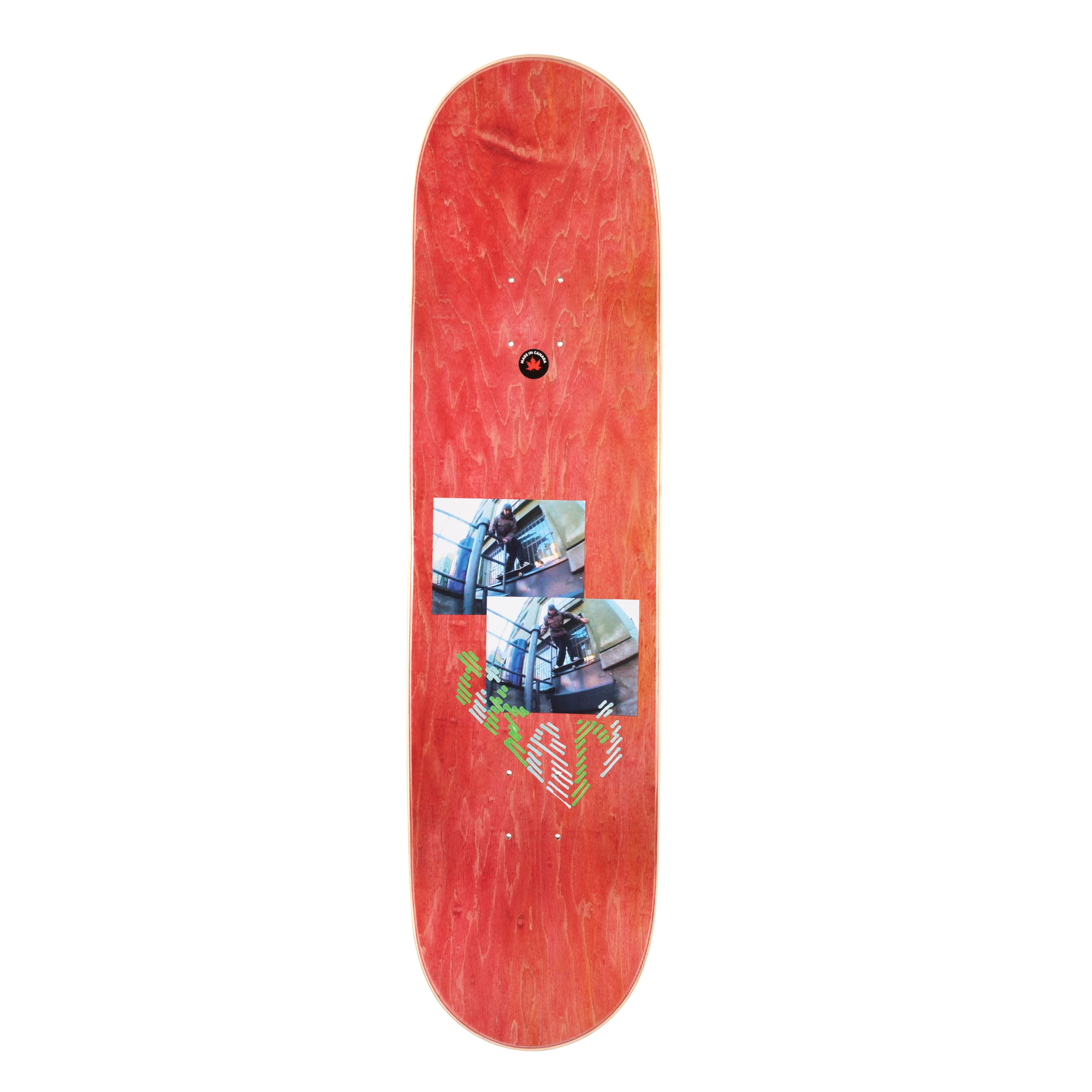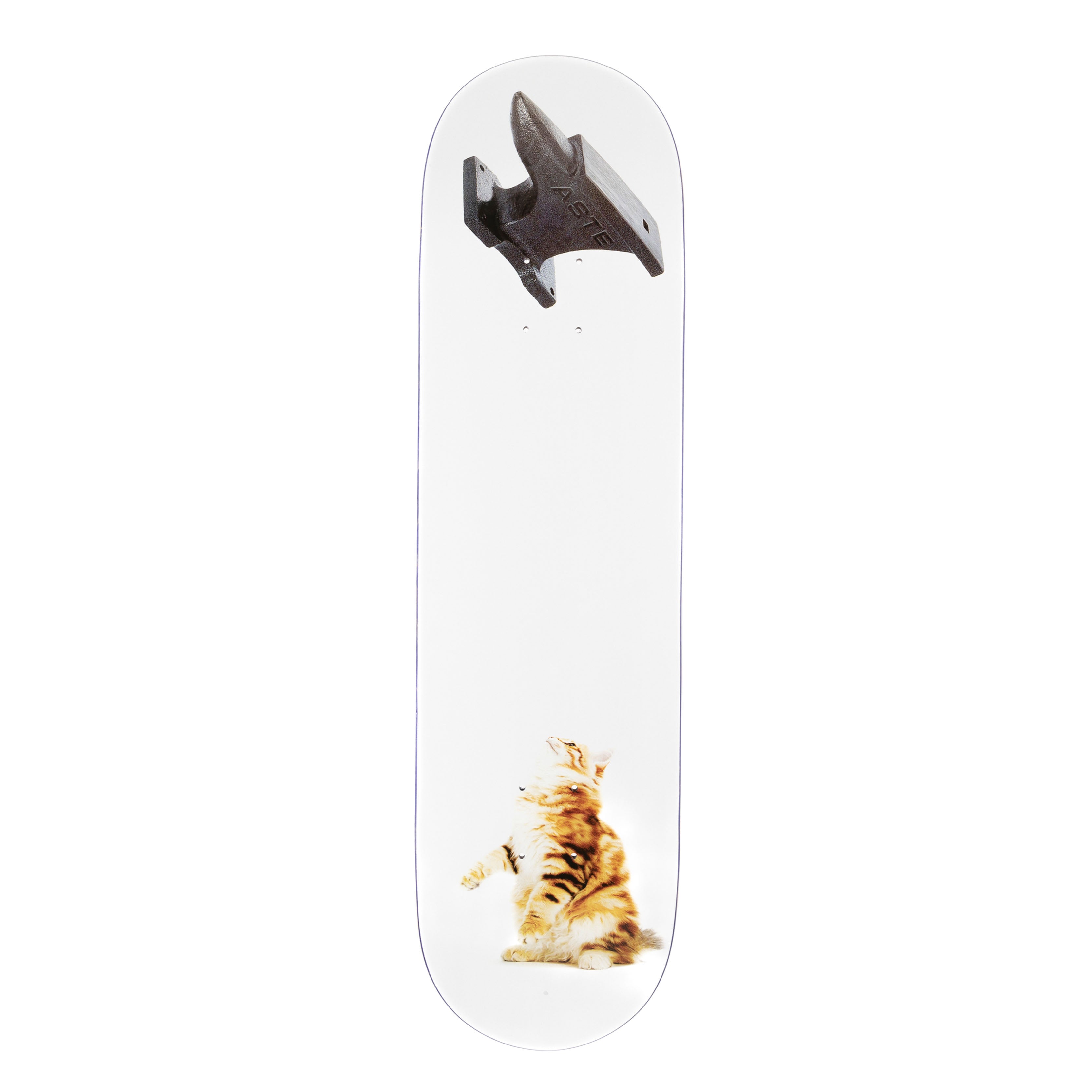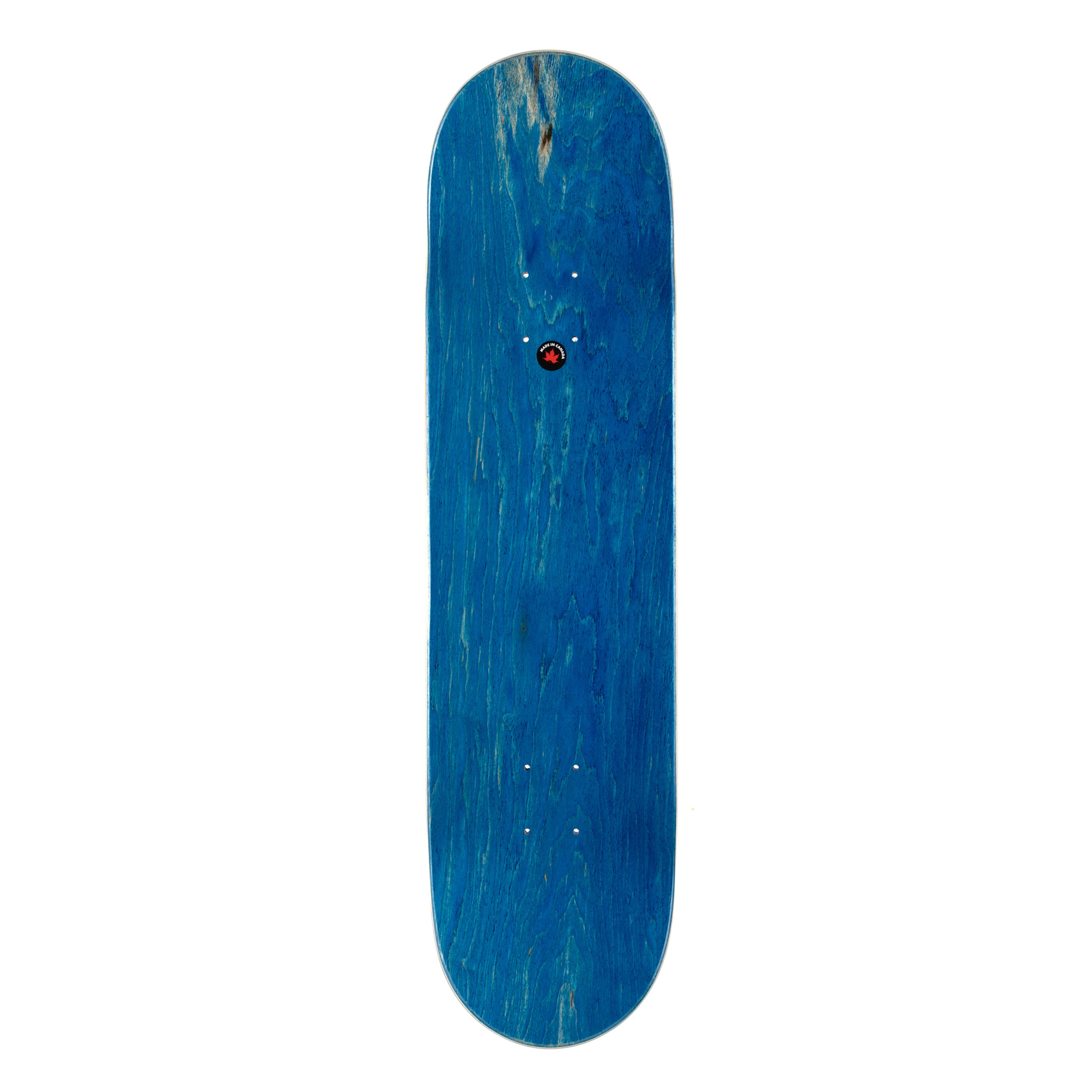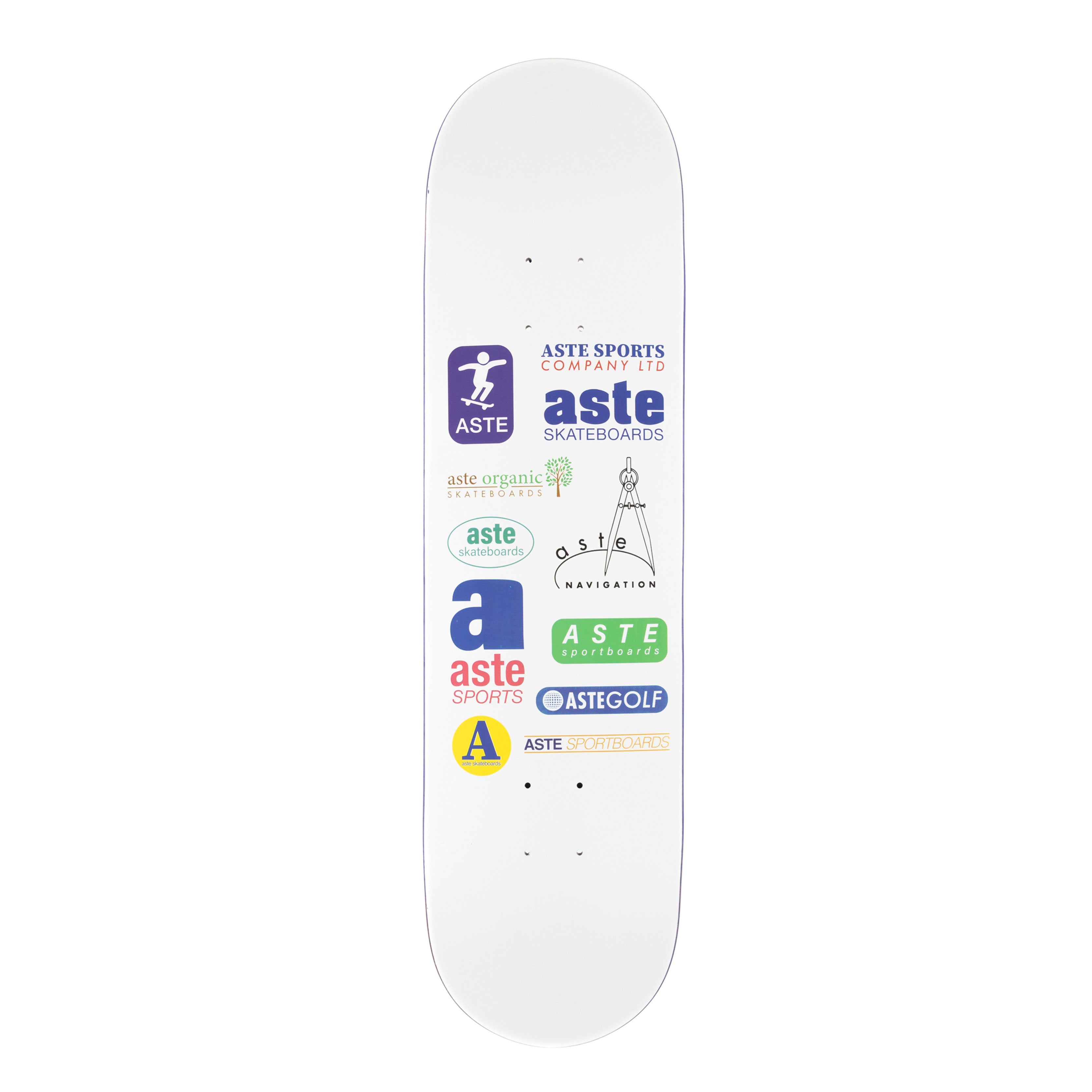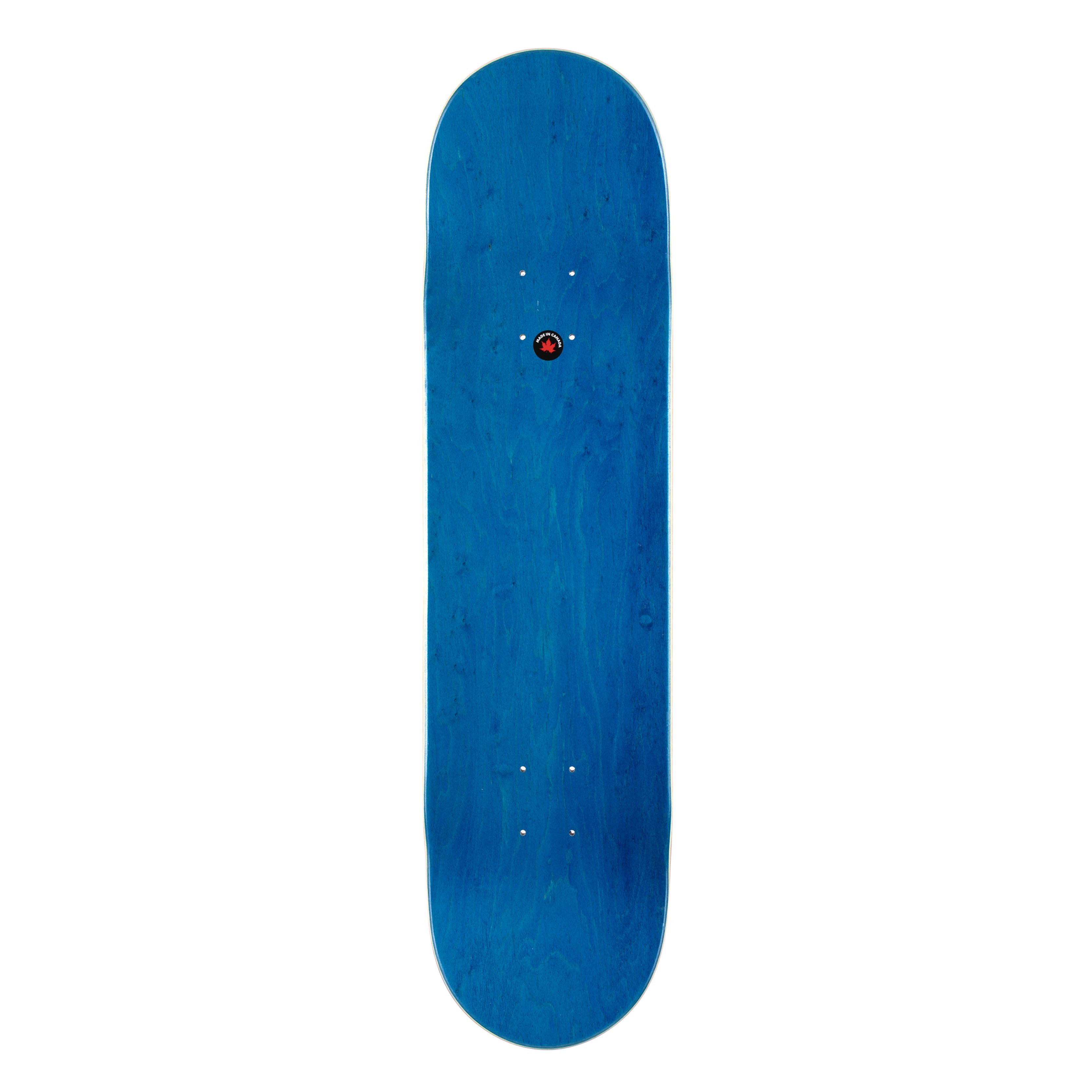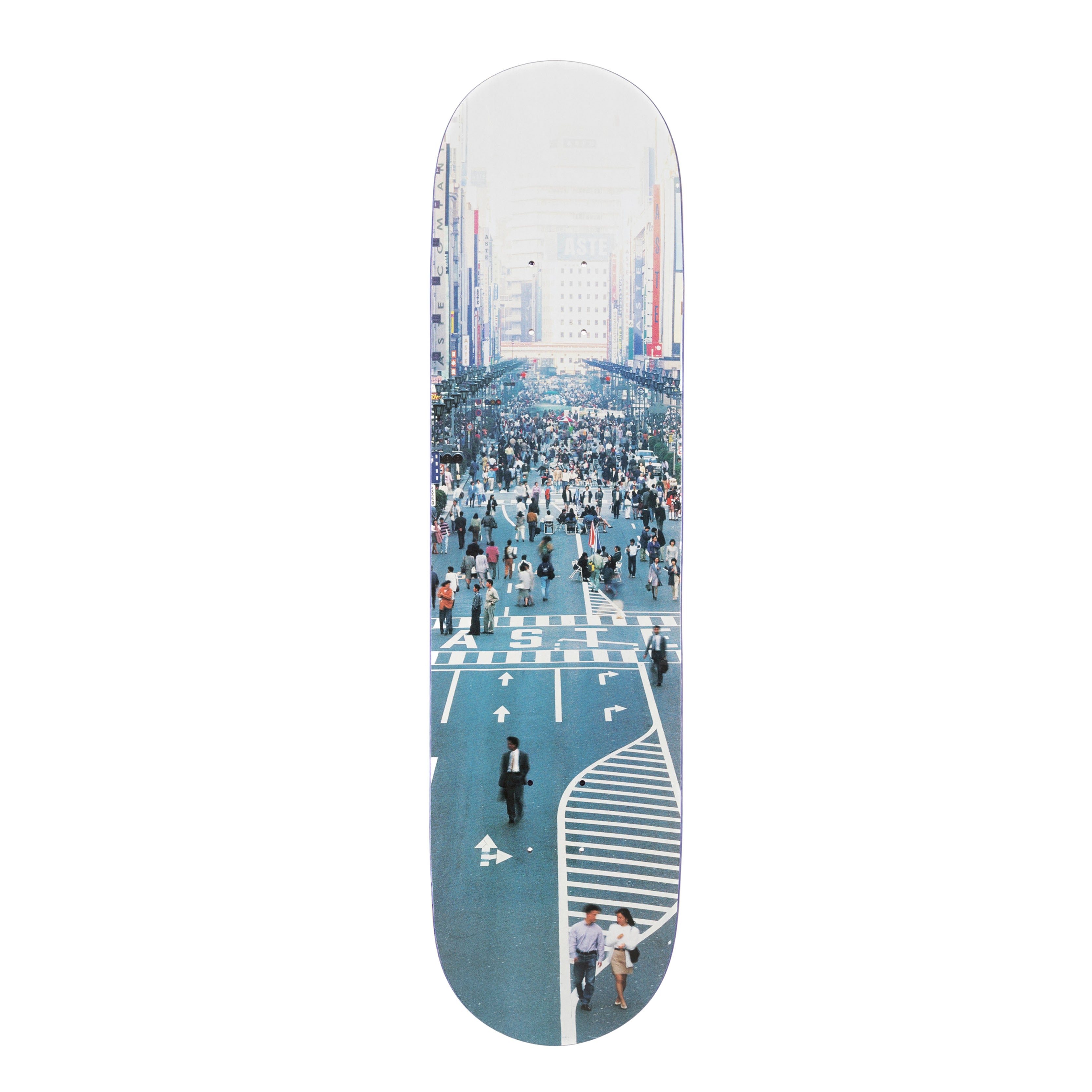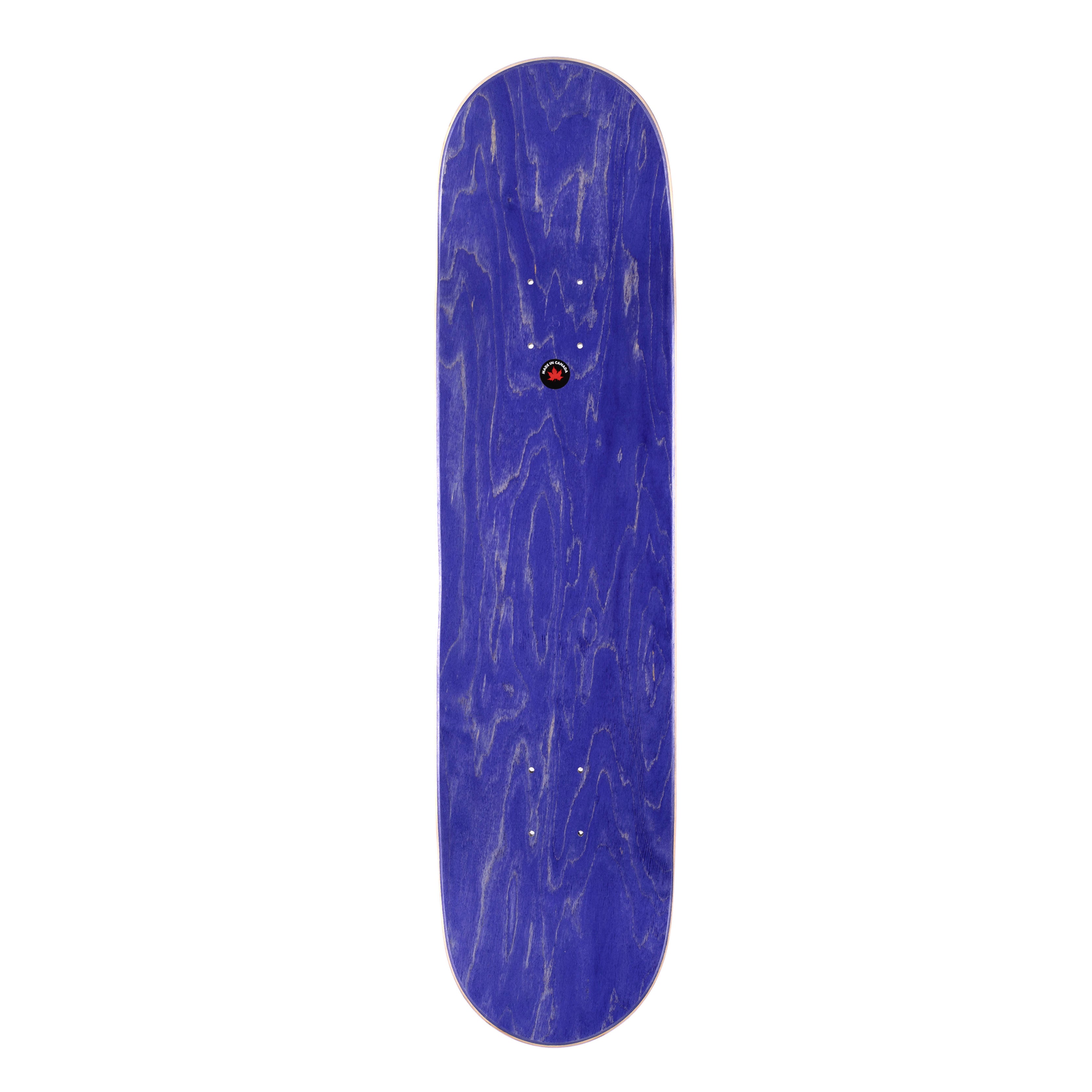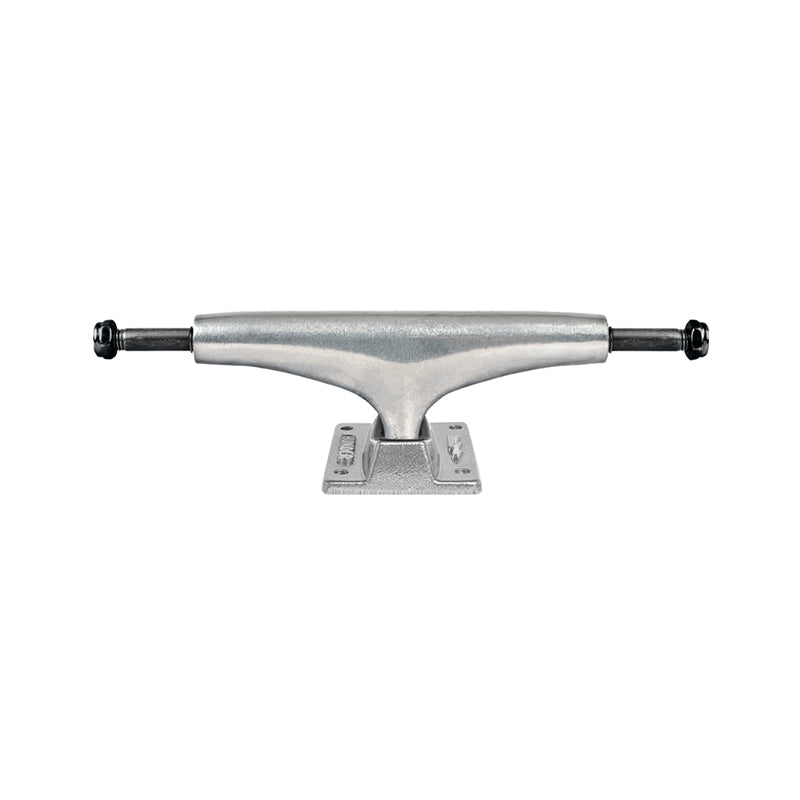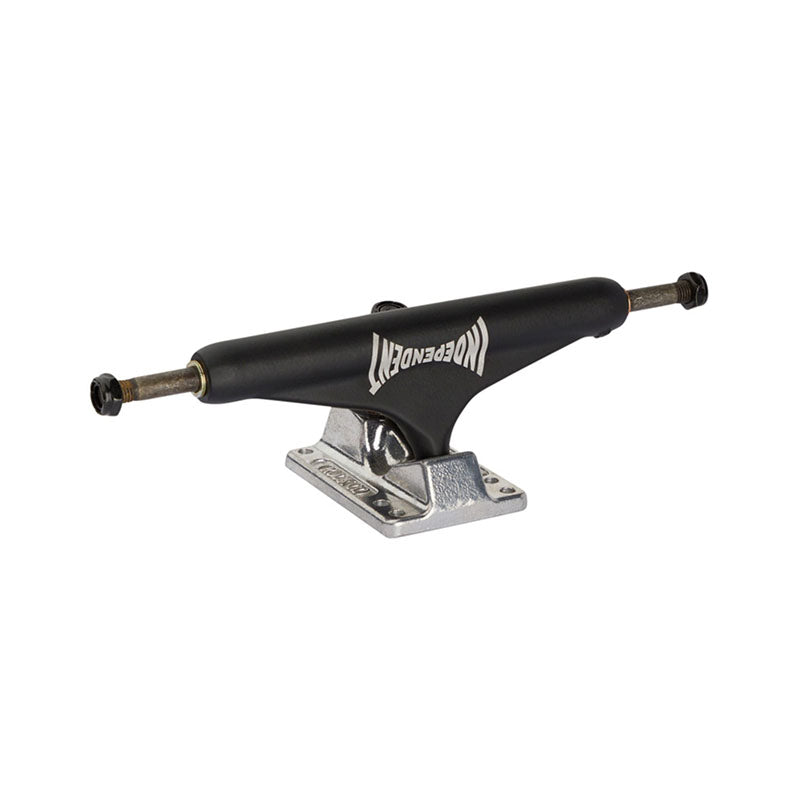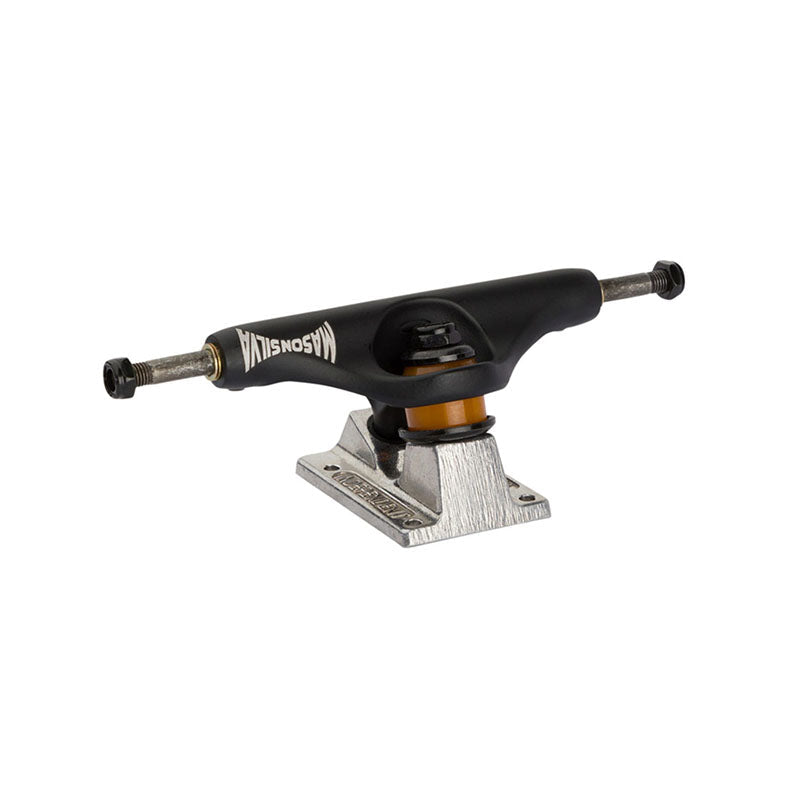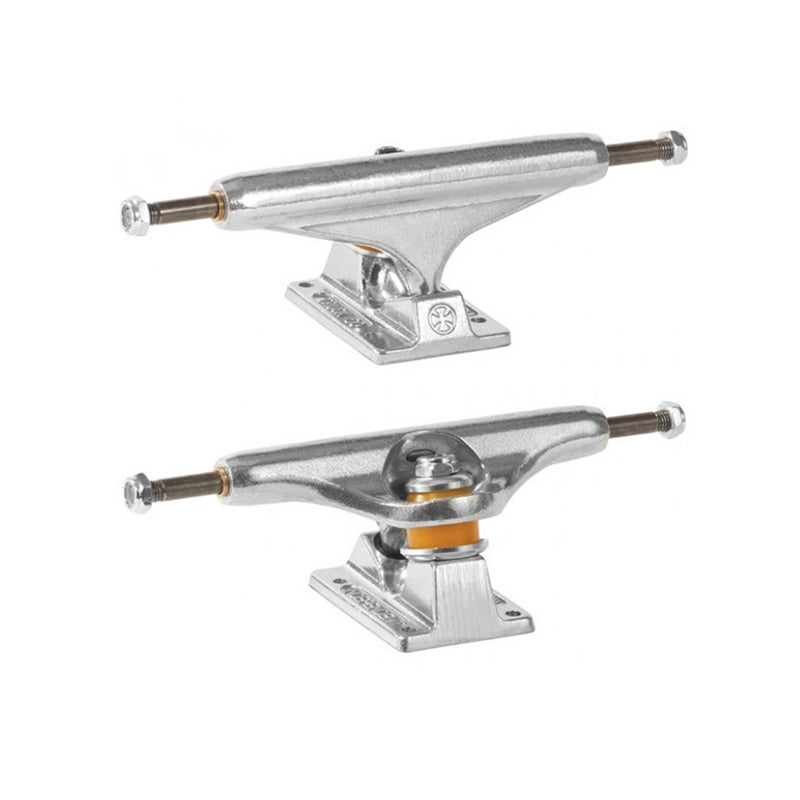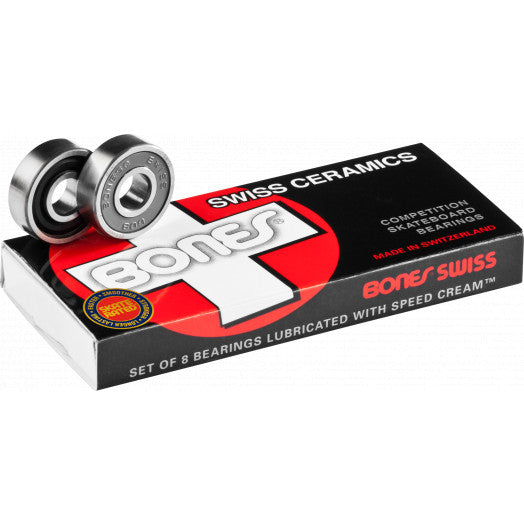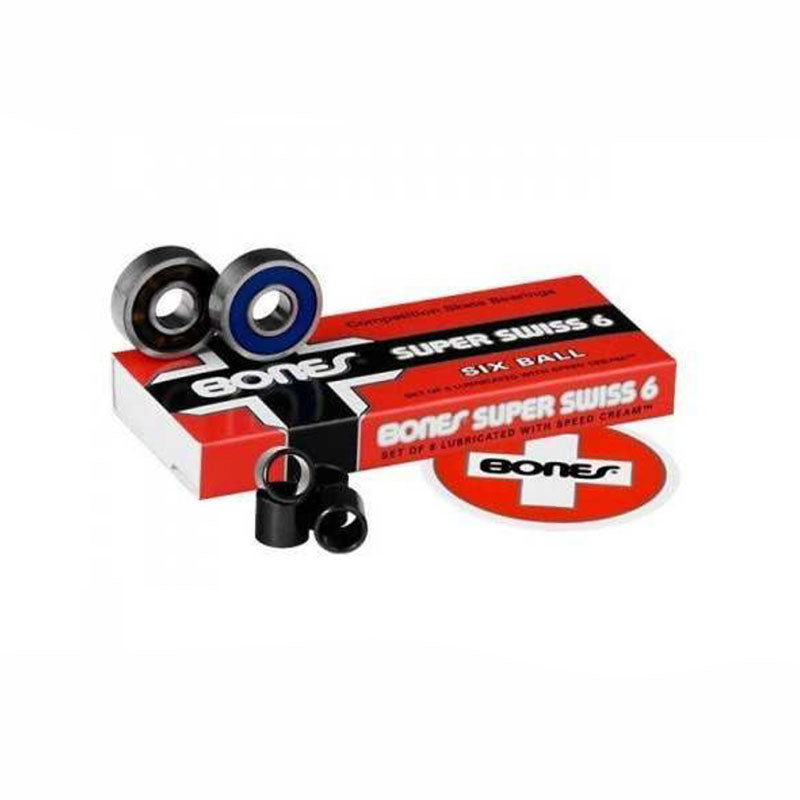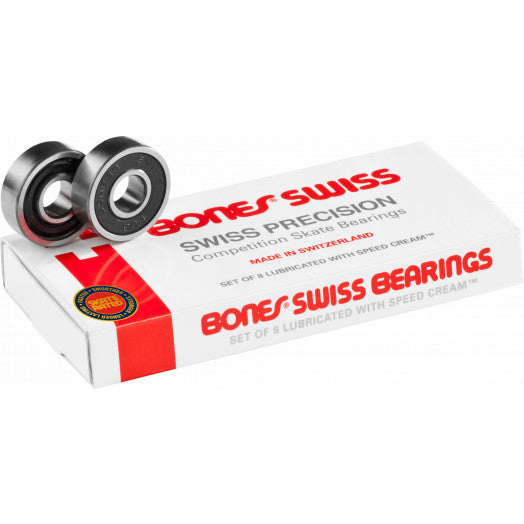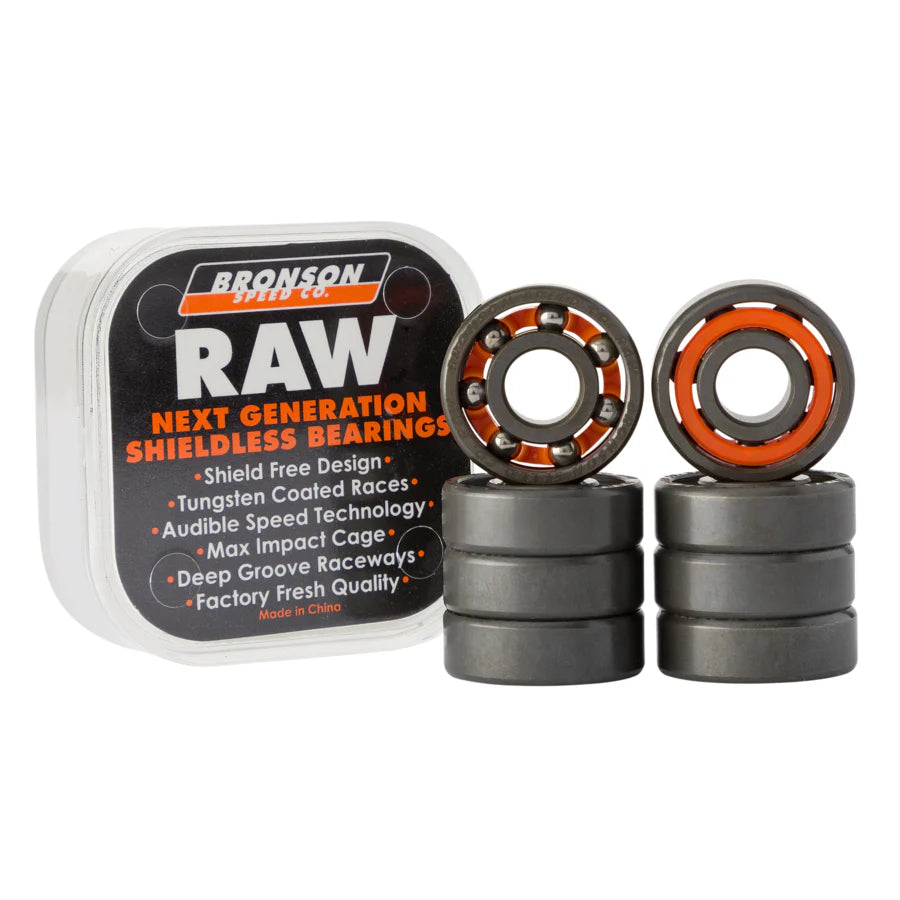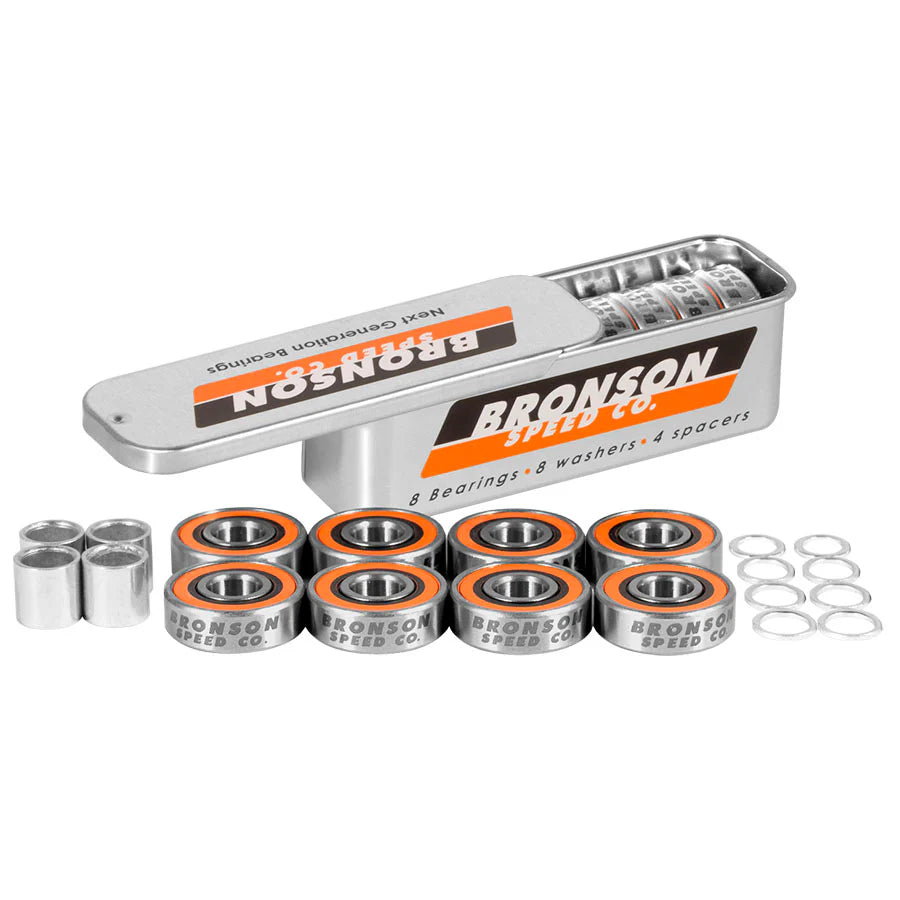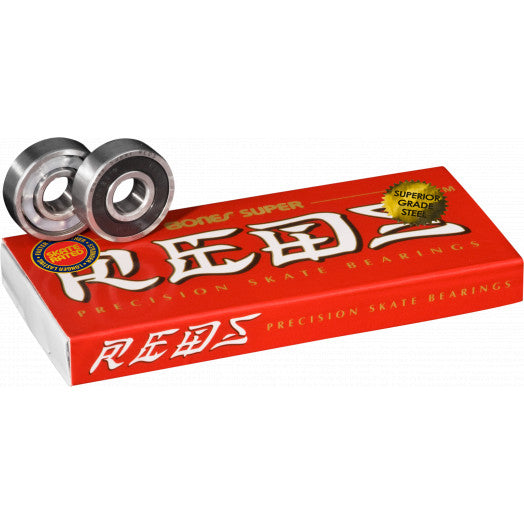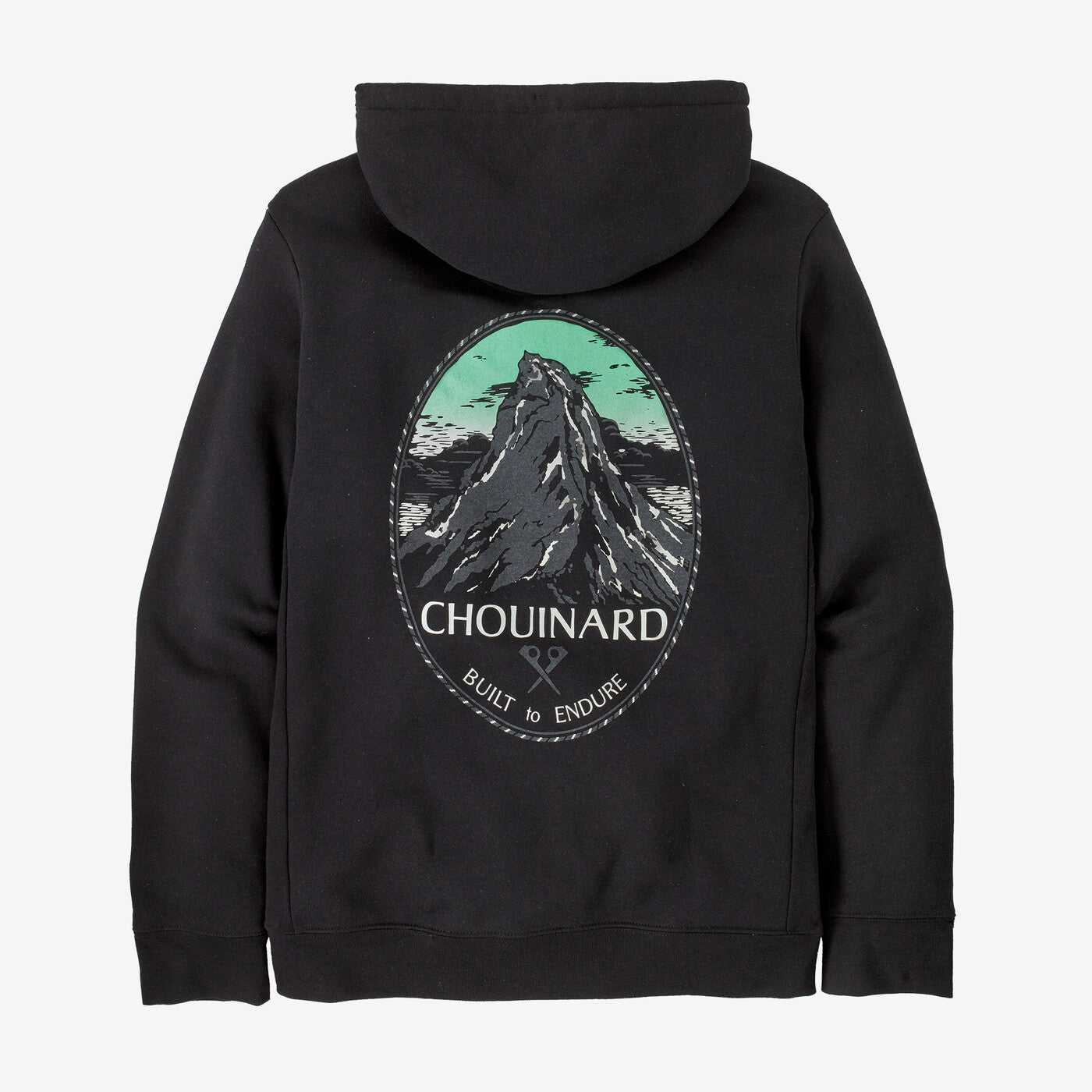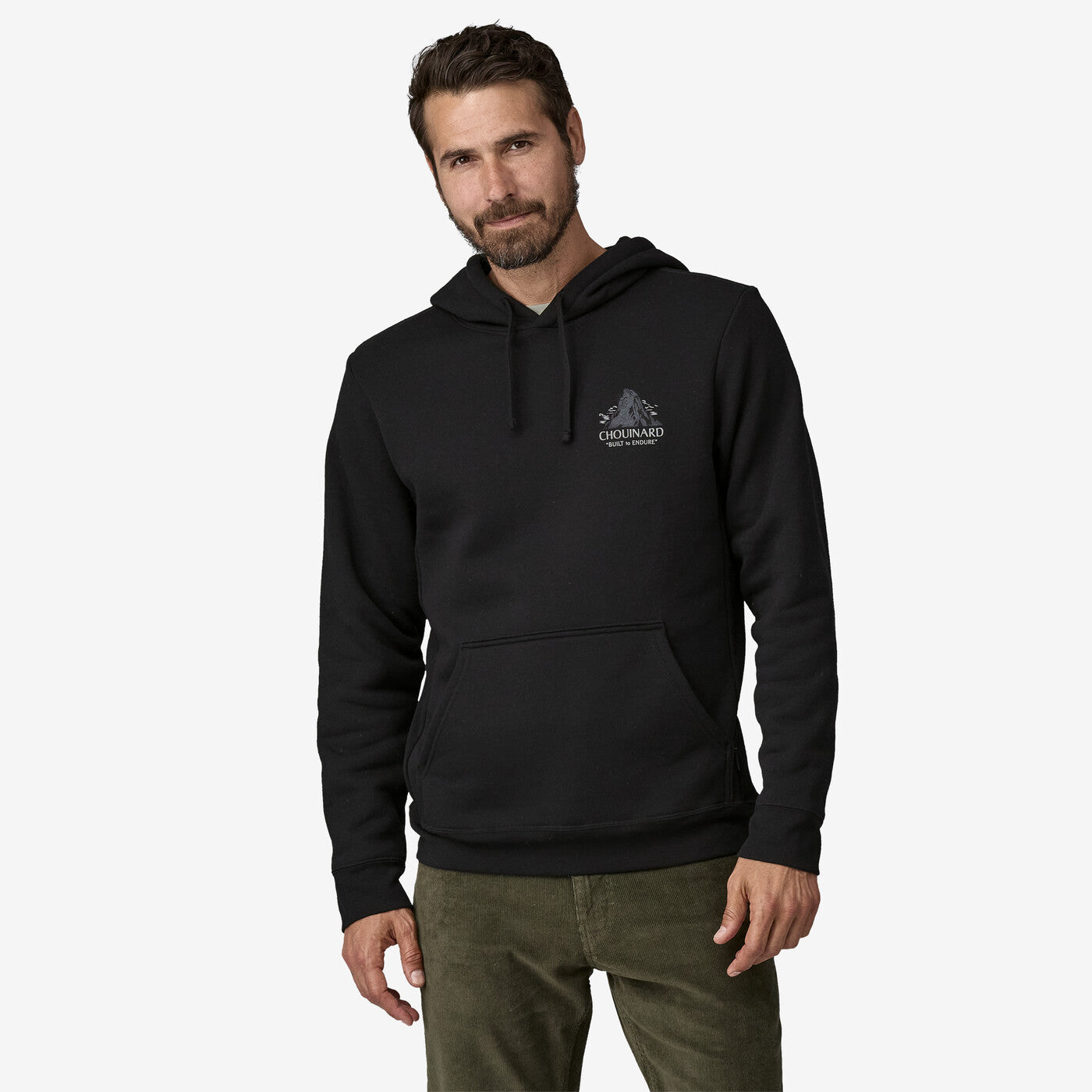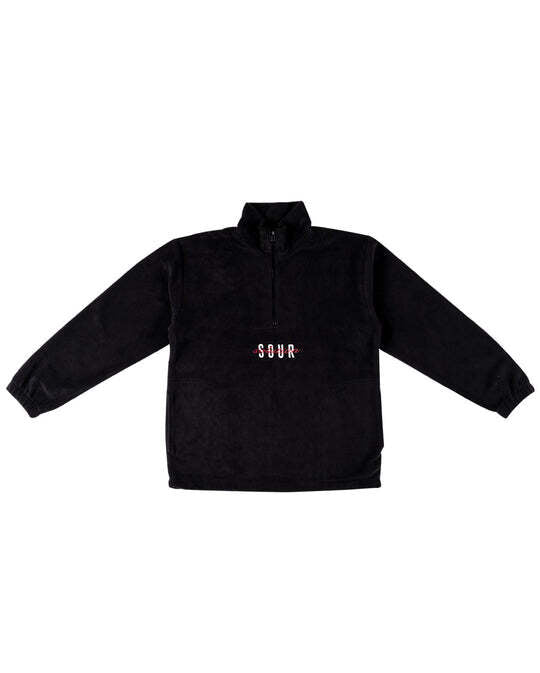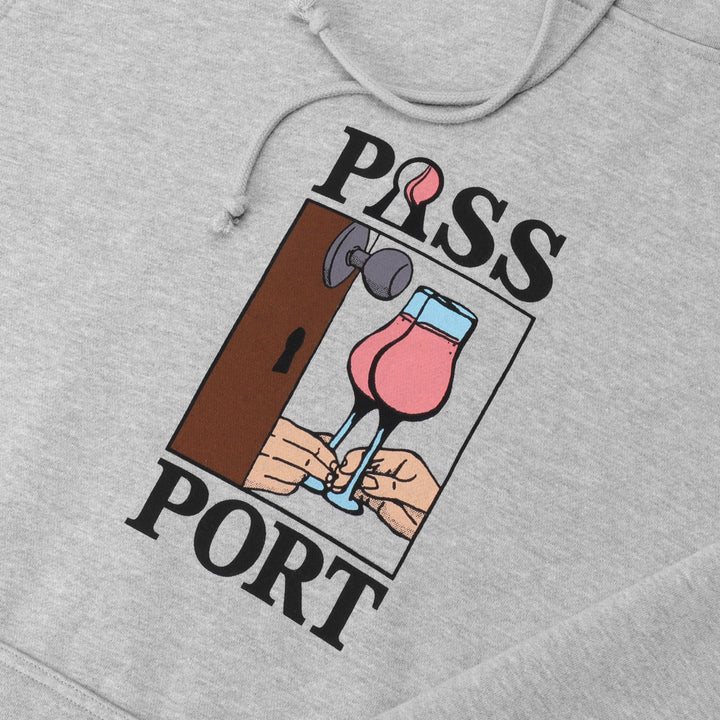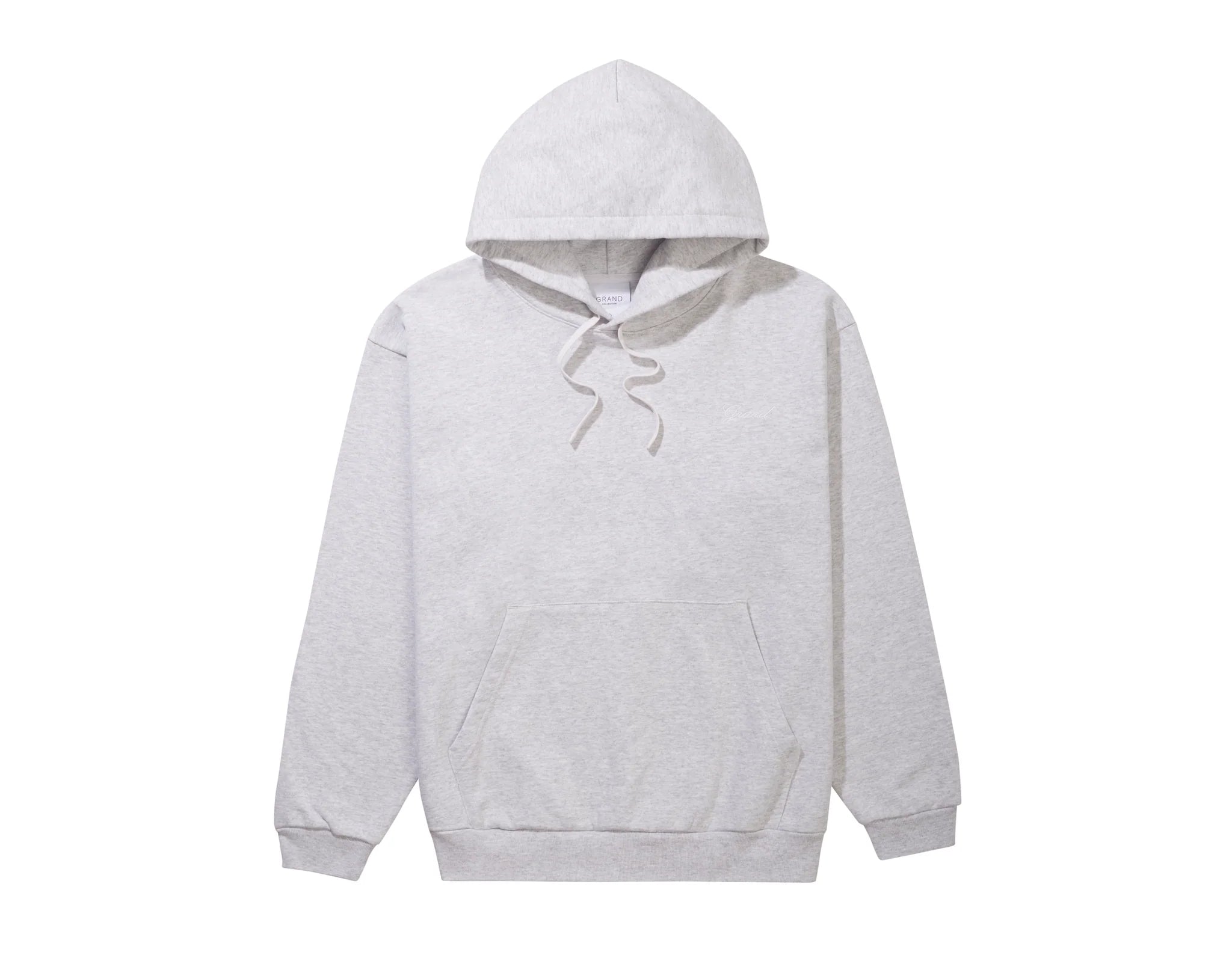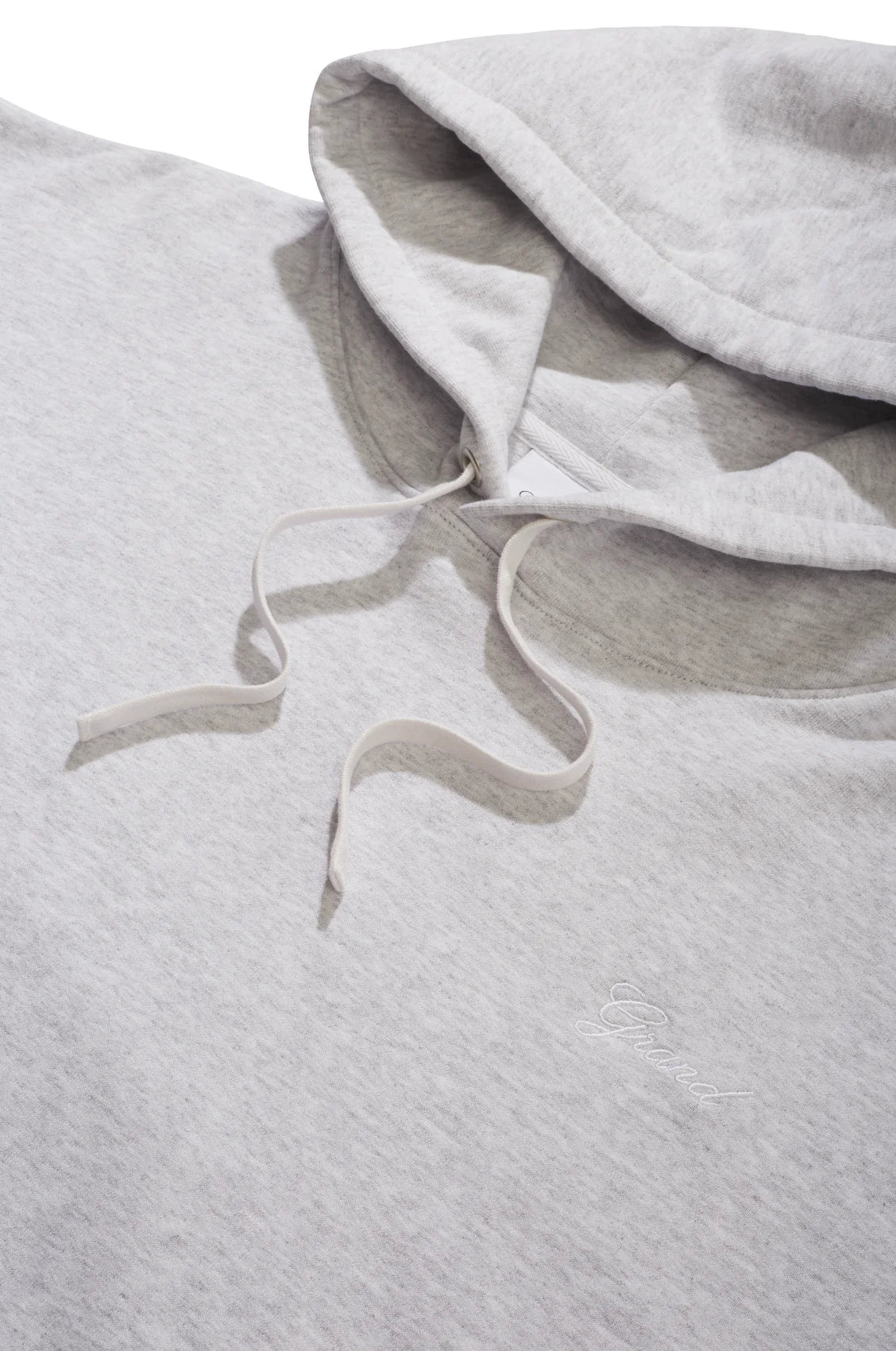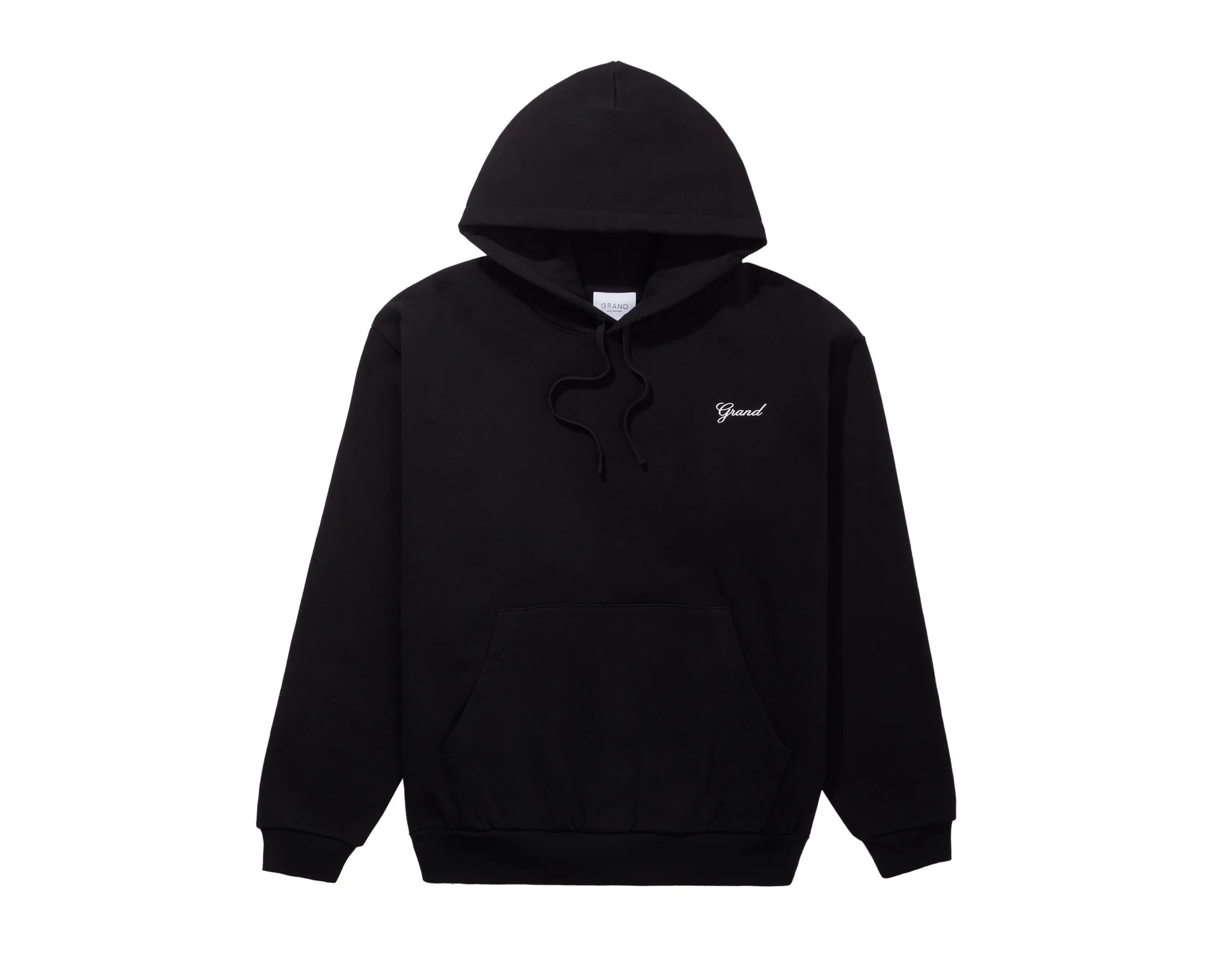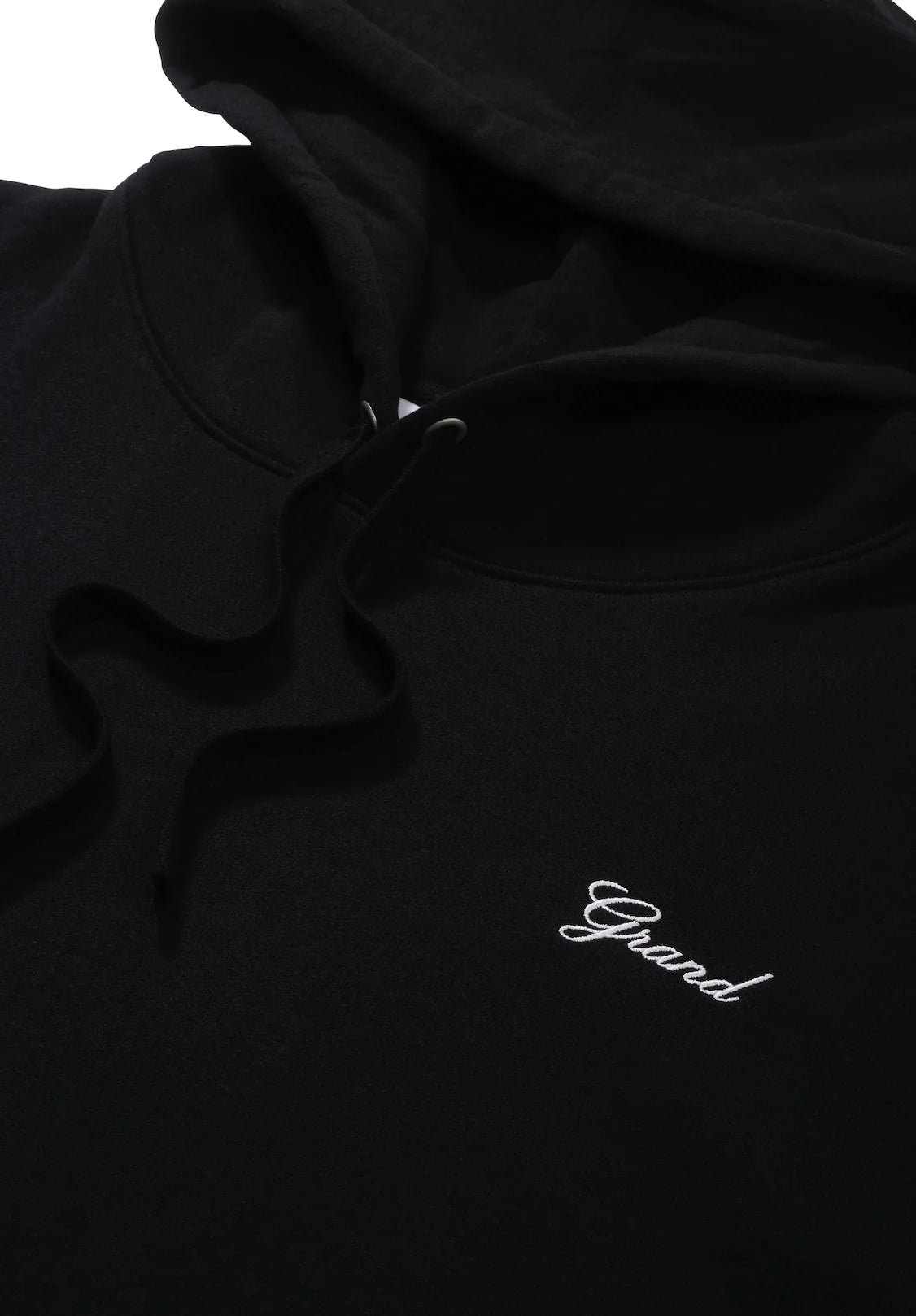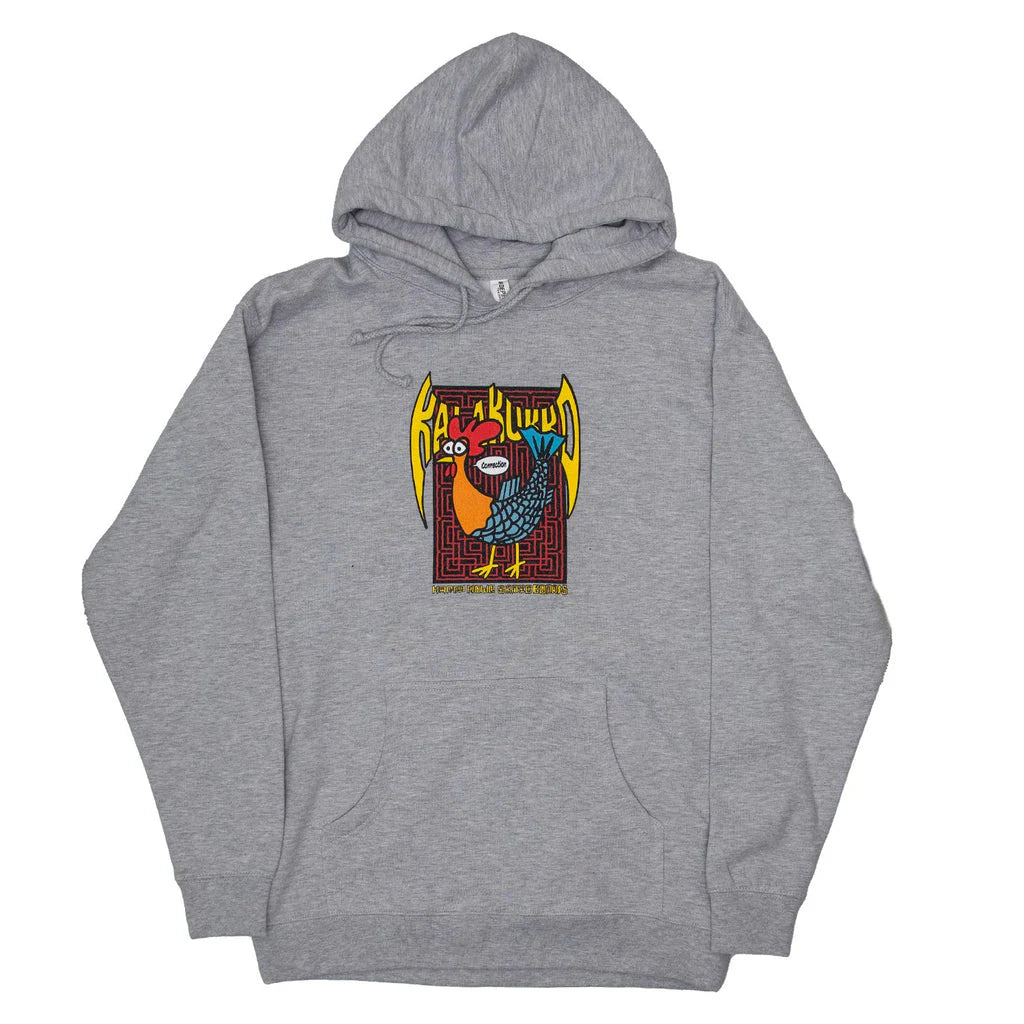Esittely
Skeittaus
Skeittilaudat koostuvat useista eri osista, joista jokainen vaikuttaa ajokokemukseen. Lautojen koot vaihtelevat, ja sopiva koko riippuu käyttäjän pituudesta, ajotyylistä ja henkilökohtaisista mieltymyksistä. Dekki eli lautaosa on yleensä valmistettu kerrostetusta vaahterapuusta, mutta myös bambua ja komposiittimateriaaleja käytetään. Dekin leveys vaihtelee yleensä 7,5 tuumasta 8,5 tuumaan, ja leveämpi lauta tarjoaa enemmän vakautta, kun taas kapeampi lauta on ketterämpi temppuja varten.
Trukit, eli laudan alla olevat metalliosat, jotka kiinnittävät renkaat lautaan, ovat myös tärkeä osa skeittilautaa. Trukkien leveys tulee valita dekin leveyden mukaan, ja niiden korkeudet vaihtelevat matalista korkeisiin, mikä vaikuttaa laudan käyttäytymiseen ja renkaiden kokoon. Renkaat ovat yleensä valmistettu polyuretaanista ja niiden kovuus sekä koko vaikuttavat ajon sujuvuuteen ja pitoon erilaisilla pinnoilla.
Laakerit vaikuttavat suoraan laudan rullaavuuteen, ja laadukkaat laakerit takaavat sujuvan ja nopean ajon. Lisäksi grippi eli hiekkapaperimainen pinta dekin päällä auttaa pitämään jalat tukevasti laudalla. Viime vuosina skeittilautojen kehityksessä on keskitytty materiaalien kestävyyden ja suorituskyvyn parantamiseen, mikä on tehnyt laudoista entistä kestävämpiä ja monipuolisempia.
Parhaat Skeittipaikat Suomessa
Suomessa on useita huippuluokan skeittipaikkoja, jotka tarjoavat monipuolisia mahdollisuuksia niin aloittelijoille kuin kokeneille skeittaajillekin. Helsinki on yksi suosituimmista skeittikohteista, sillä siellä on lukuisia skeittipuistoja. Esimerkiksi Kalasataman skeittipuisto on moderni ja monipuolinen, tarjoten erilaisia ramppeja, kaiteita ja muita esteitä. Toinen suosittu paikka Helsingissä on Suvilahti DIY, joka on skeittaajien itsensä rakentama ja ylläpitämä paikka, tarjoten uniikin ja rennon ilmapiirin.
Tampereella sijaitsee Kaukajärven skeittipuisto, joka tarjoaa laajan valikoiman elementtejä kaiken tasoisille skeittaajille. Tämä puisto on tunnettu erityisesti monipuolisista ramppeistaan ja bowleista. Lahden skeittipuisto on myös mainitsemisen arvoinen, erityisesti sen suuren bowl-altaan ansiosta, joka sopii erinomaisesti korkeilla nopeuksilla ajamiseen ja isojen ilmalentojen harjoitteluun.
Erilaiset Skeittausympäristöt
Skeittausympäristöt vaihtelevat laajasti, ja ne tarjoavat monipuolisia mahdollisuuksia eri ajotyyleille. Kaupunkiympäristöt ovat suosittuja erityisesti street-skeittauksessa, jossa hyödynnetään kaupungin infrastruktuuria kuten portaita, kaiteita ja penkkejä. Street-skeittaus vaatii teknistä osaamista ja luovuutta, sillä skeittaajat käyttävät ympäristöään kekseliäästi hyväkseen.
Skeittipuistot ovat toinen tärkeä skeittausympäristö, ja ne on suunniteltu erityisesti skeittaamista varten. Puistot sisältävät erilaisia elementtejä kuten ramppeja, bowleja, quarter pipejä ja funboxeja, jotka tarjoavat monipuolisia mahdollisuuksia temppujen harjoitteluun ja erilaisiin ajotyyleihin. Puistot voivat olla sisä- tai ulkotiloissa, ja niiden pinta-ala ja varustelutaso vaihtelevat.
DIY-alueet eli "Do It Yourself" -skeittipaikat ovat skeittaajien itsensä rakentamia alueita, jotka voivat olla hylättyjä tontteja tai tilapäisiä rakenteita. Nämä alueet tarjoavat ainutlaatuisia ja usein persoonallisia skeittausmahdollisuuksia, jotka heijastavat paikallisen skeittauskulttuurin luovuutta ja yhteisöllisyyttä.
Varusteet ja Turvallisuus Skeittauksessa
Skeittaus on hauska ja jännittävä urheilulaji, mutta turvallisuus on aina etusijalla. Laadukkaiden varusteiden käyttäminen vähentää loukkaantumisriskiä merkittävästi. Kypärä on ehdottoman tärkeä varuste, joka suojaa päätä mahdollisilta iskuilta ja kaatumisilta. Rannesuojat, polvisuojat ja kyynärsuojat ovat myös suositeltavia, erityisesti aloittelijoille, sillä ne tarjoavat lisäsuojaa kaatumisten varalta.
KEngät
Hyvät kengät ovat myös oleellinen osa skeittausvarustusta. Skeittikengissä on vahvistetut sivut ja pohjat, jotka kestävät hyvin kulutusta ja tarjoavat hyvän pidon laudan päällä. Skeittausvaatteet ovat yleensä kestävää materiaalia ja suunniteltu antamaan liikkuvuutta, mikä tekee temppujen suorittamisesta helpompaa.
Harjoittelu
Harjoittelu turvallisessa ympäristössä, kuten skeittipuistossa, jossa on muita kokeneita skeittaajia, voi auttaa parantamaan taitoja ja vähentämään onnettomuusriskiä. On tärkeää myös lämmitellä kunnolla ennen skeittaamista ja aloittaa helpommilla tempuilla, edeten vähitellen vaikeampiin suorituksiin.


